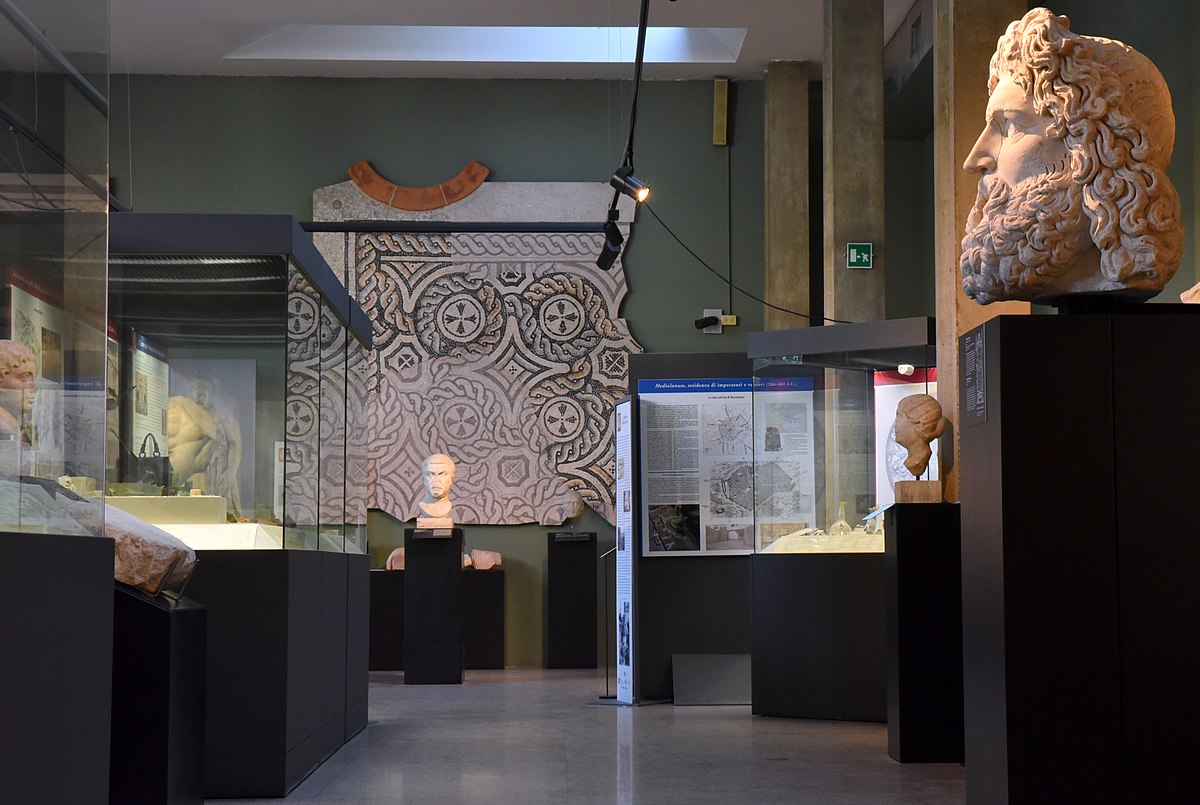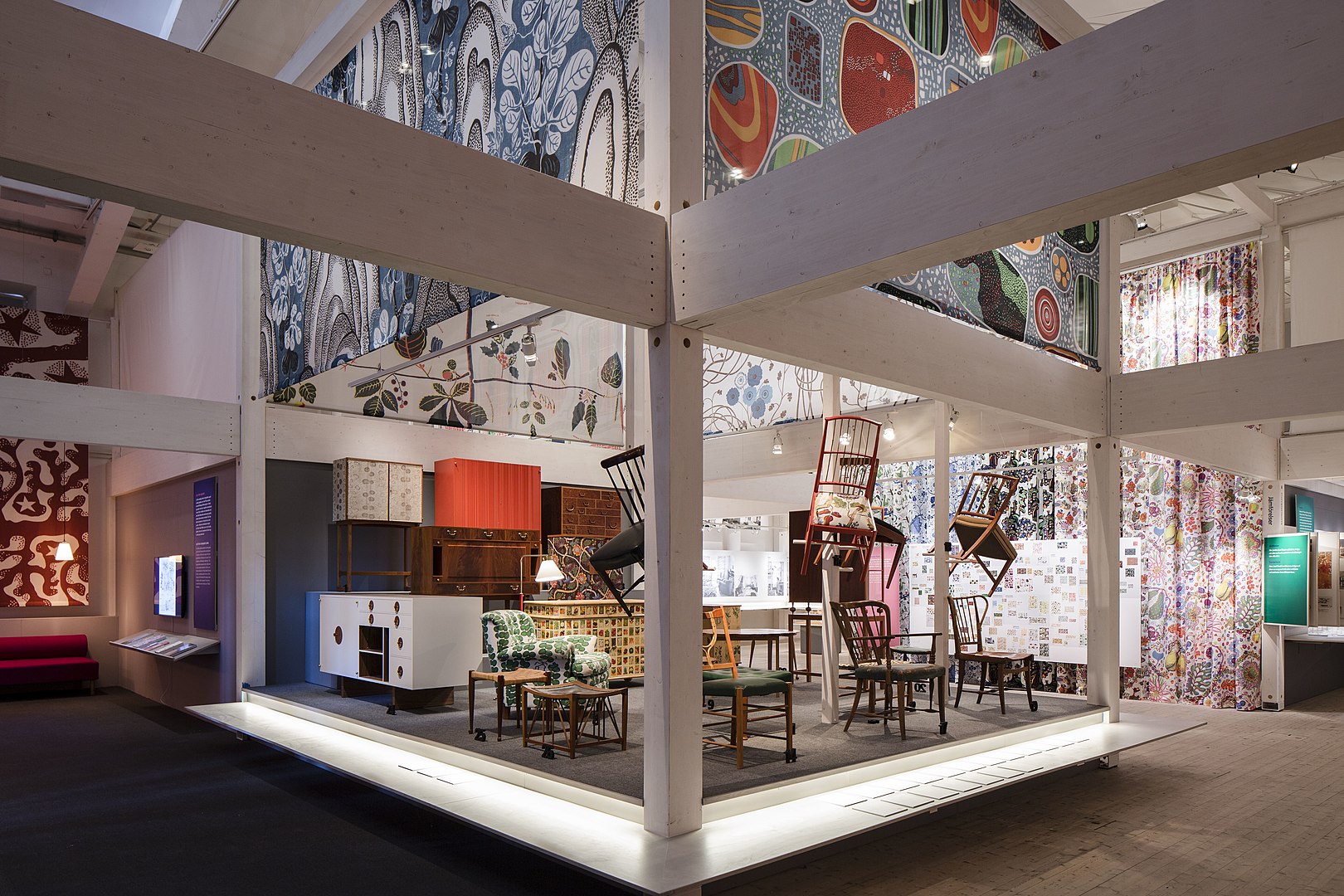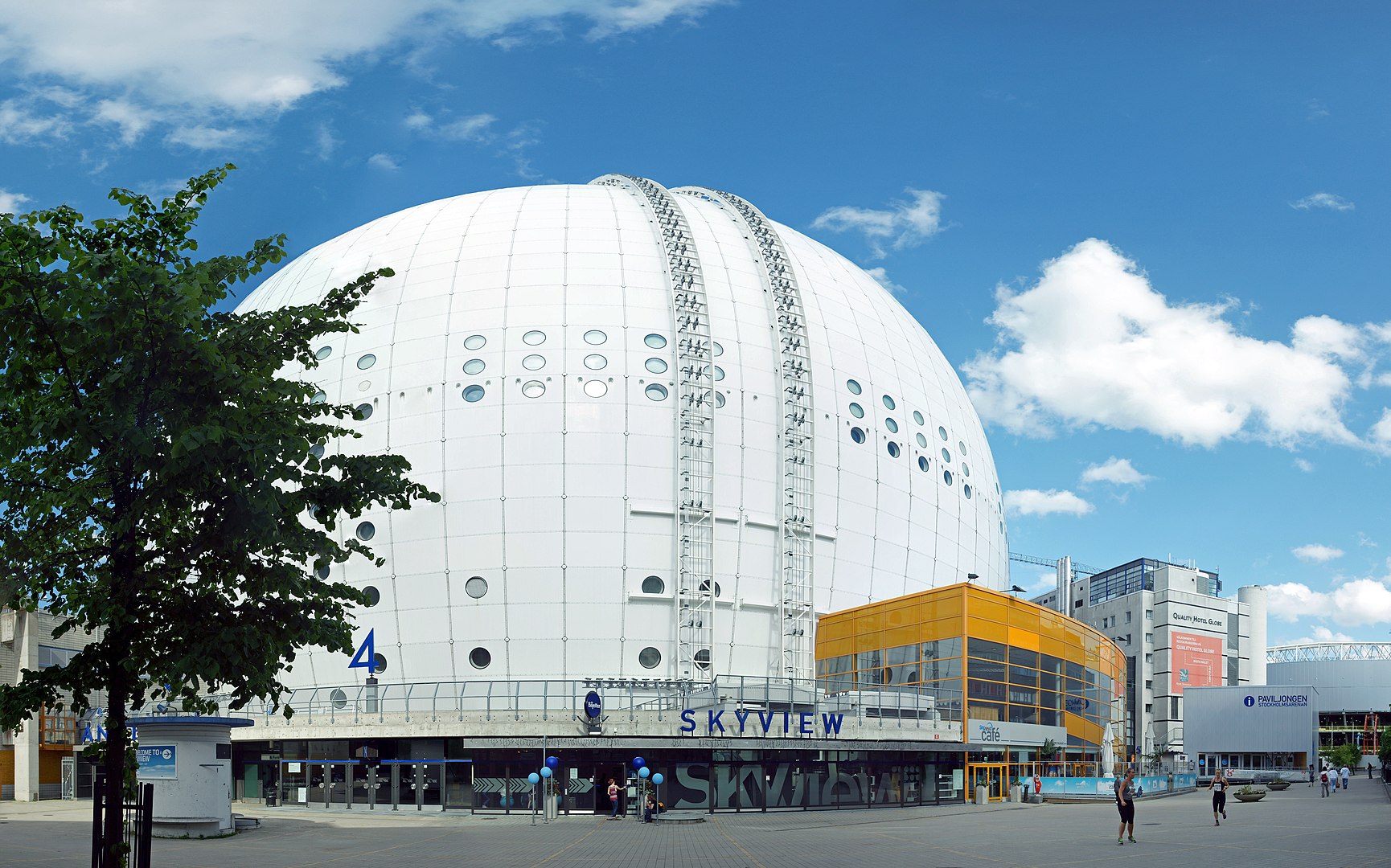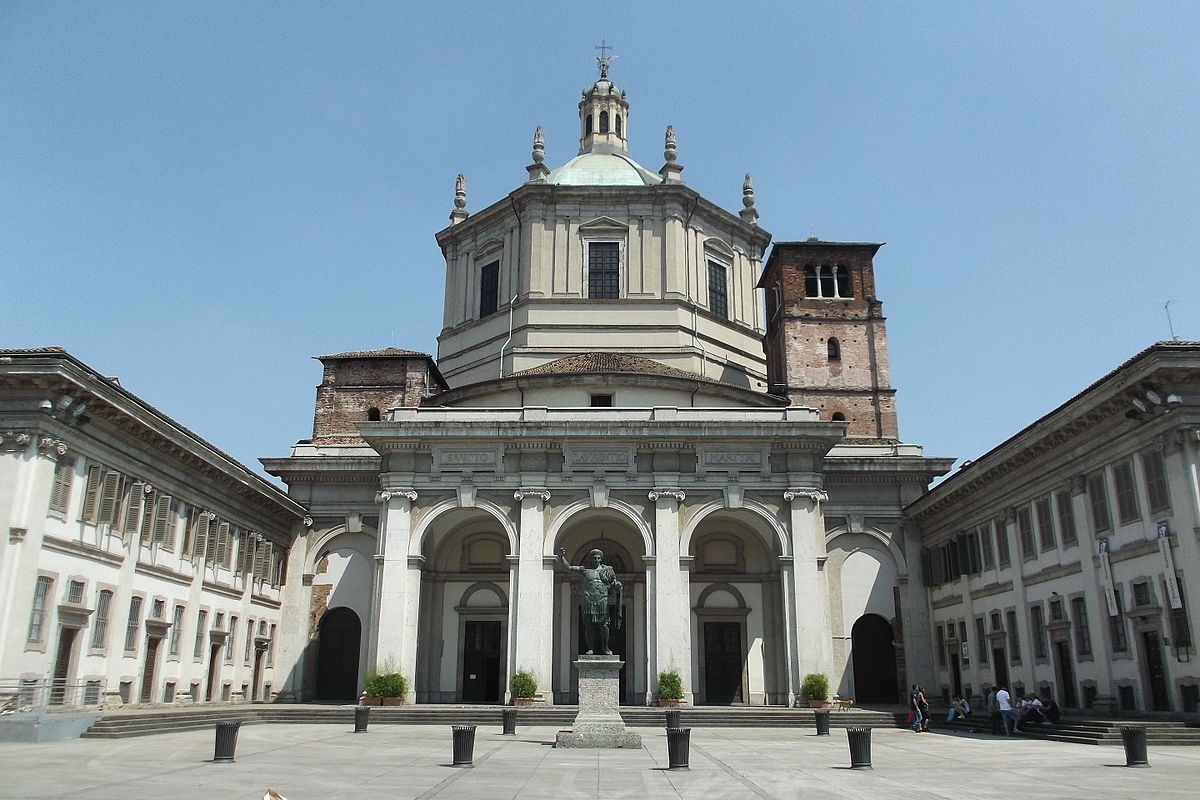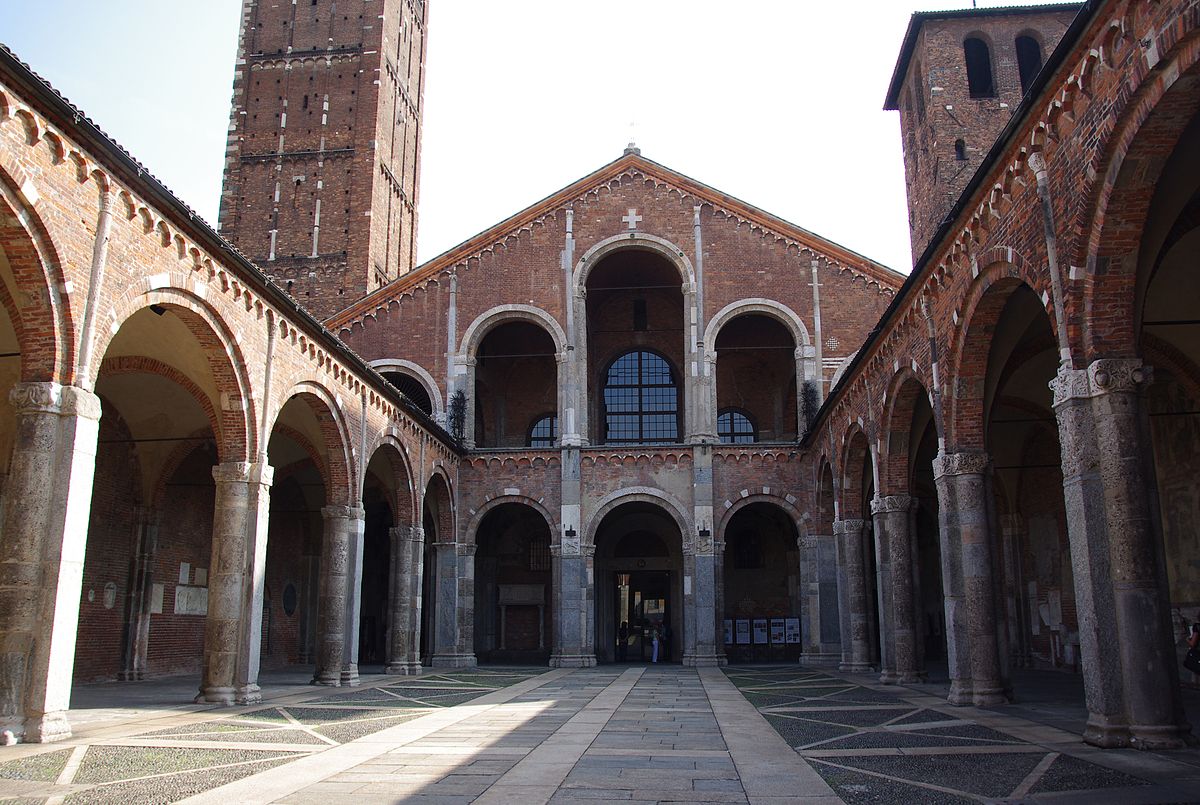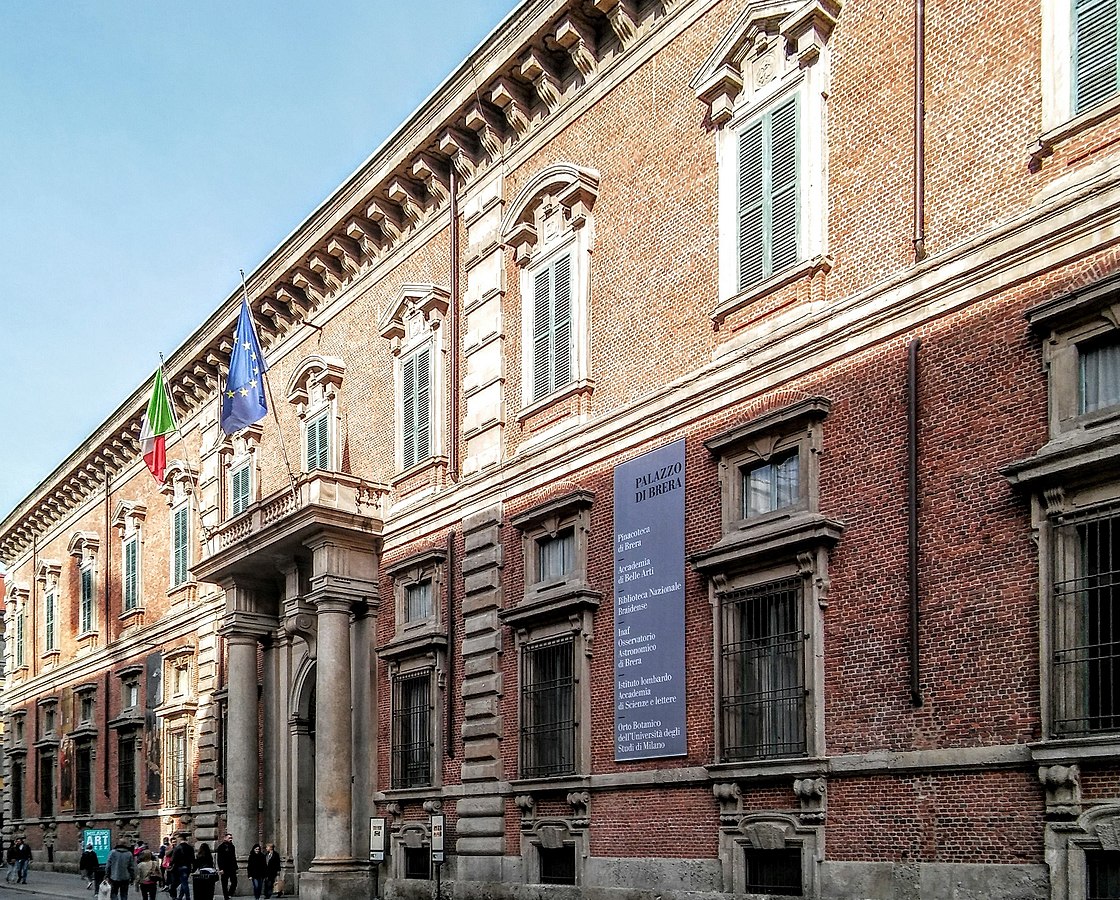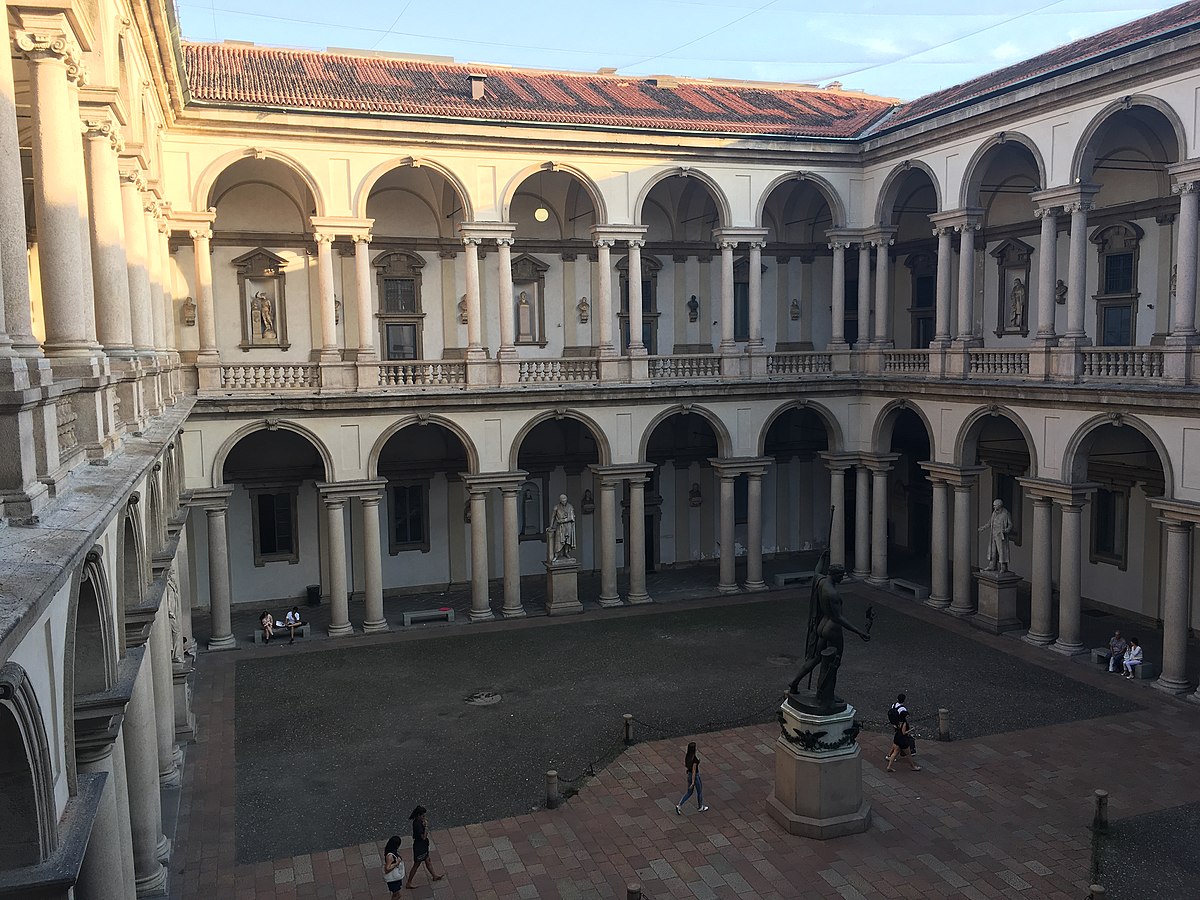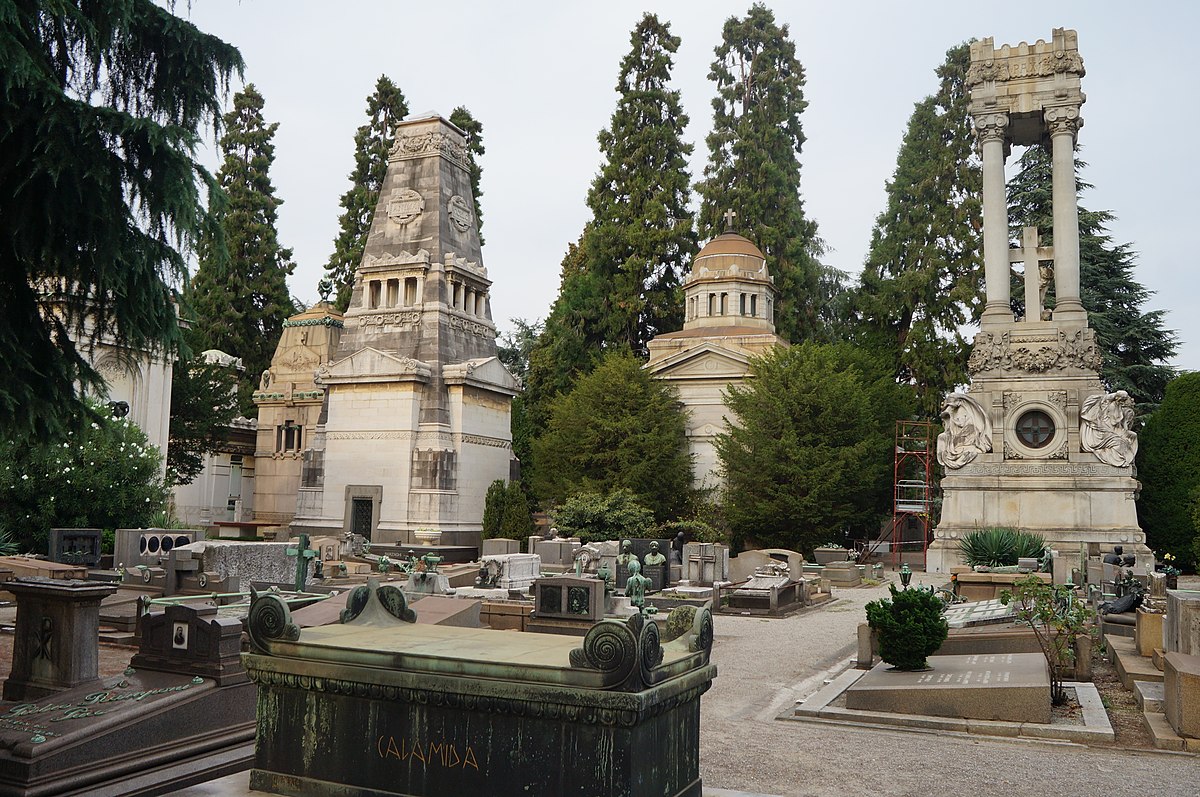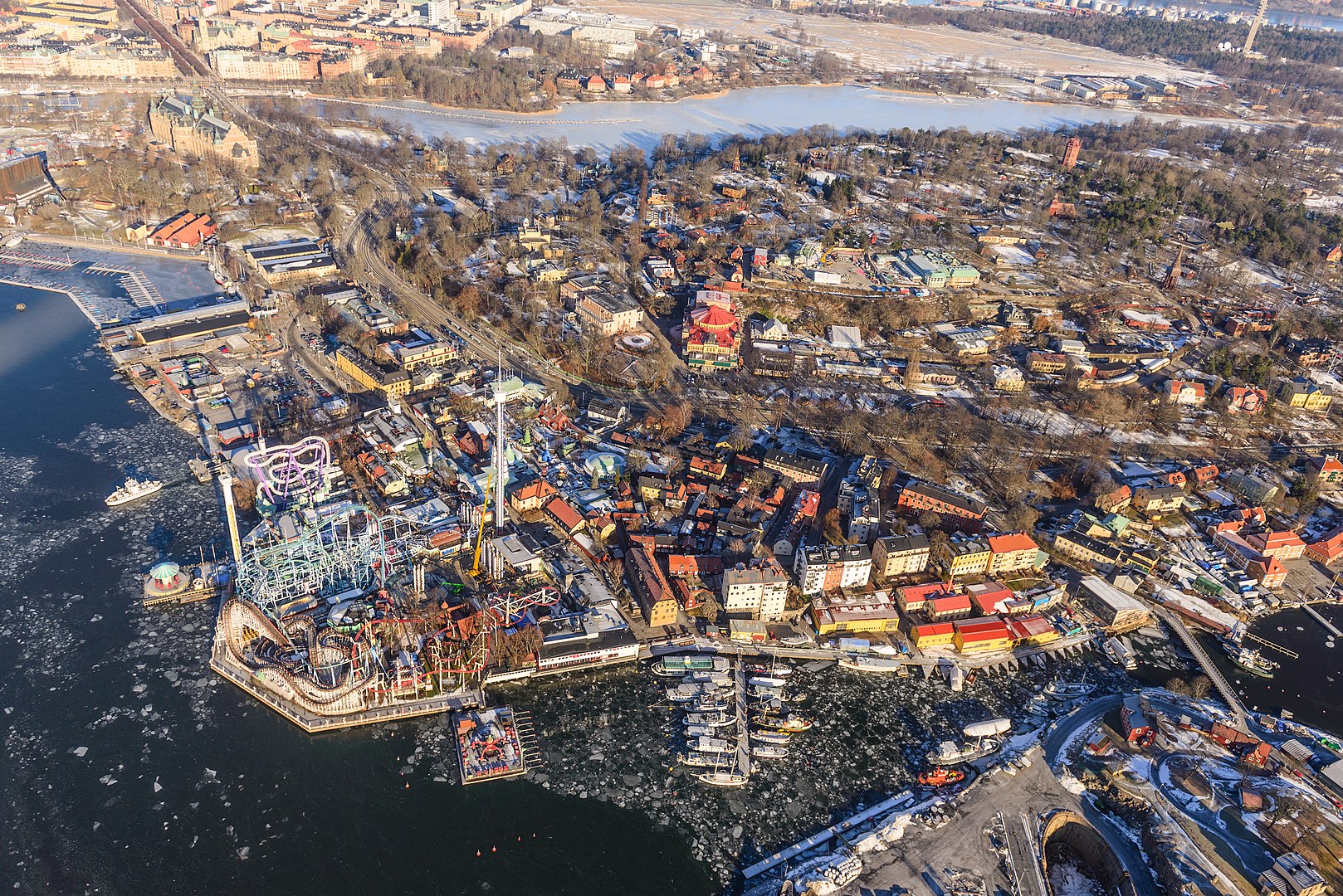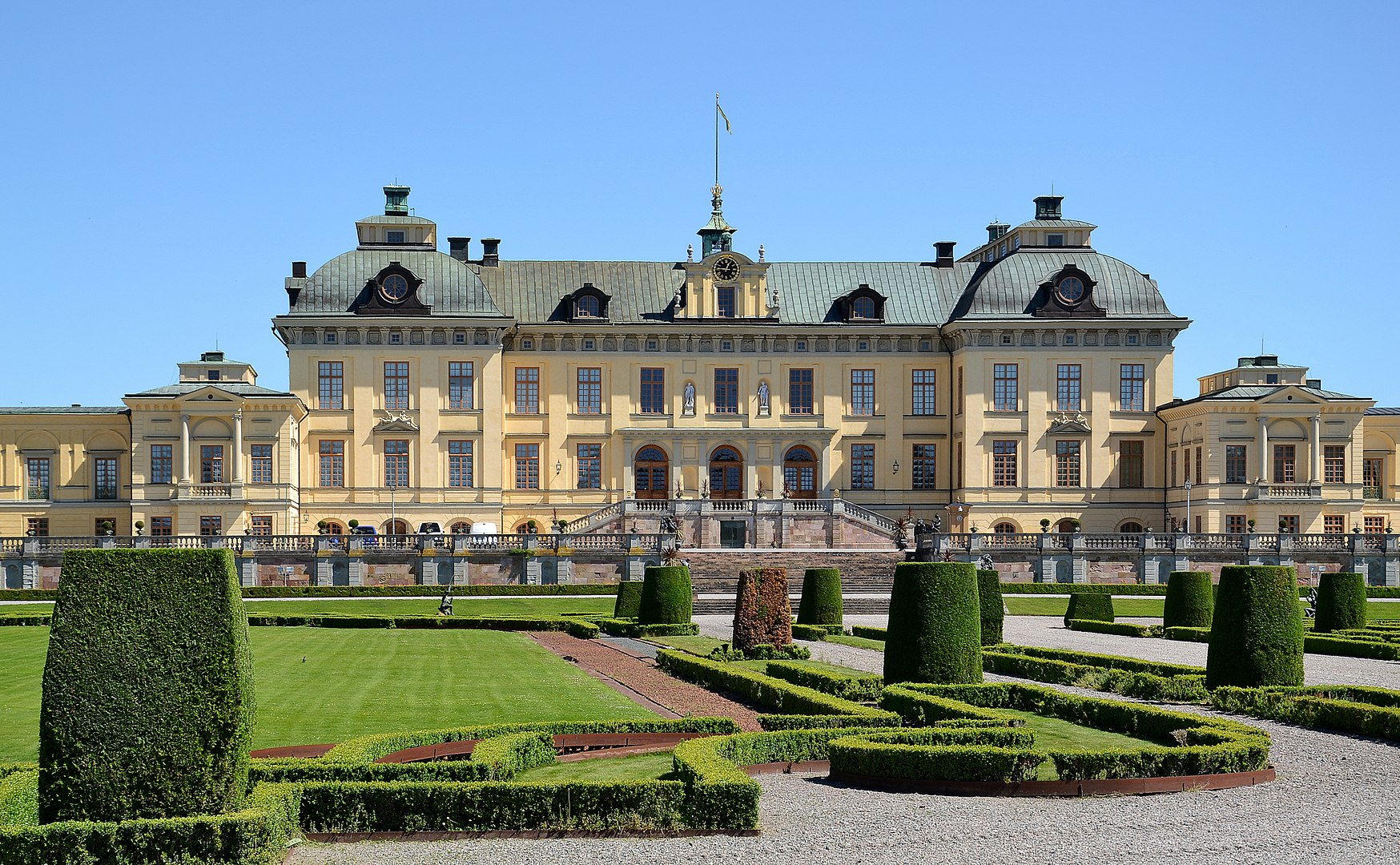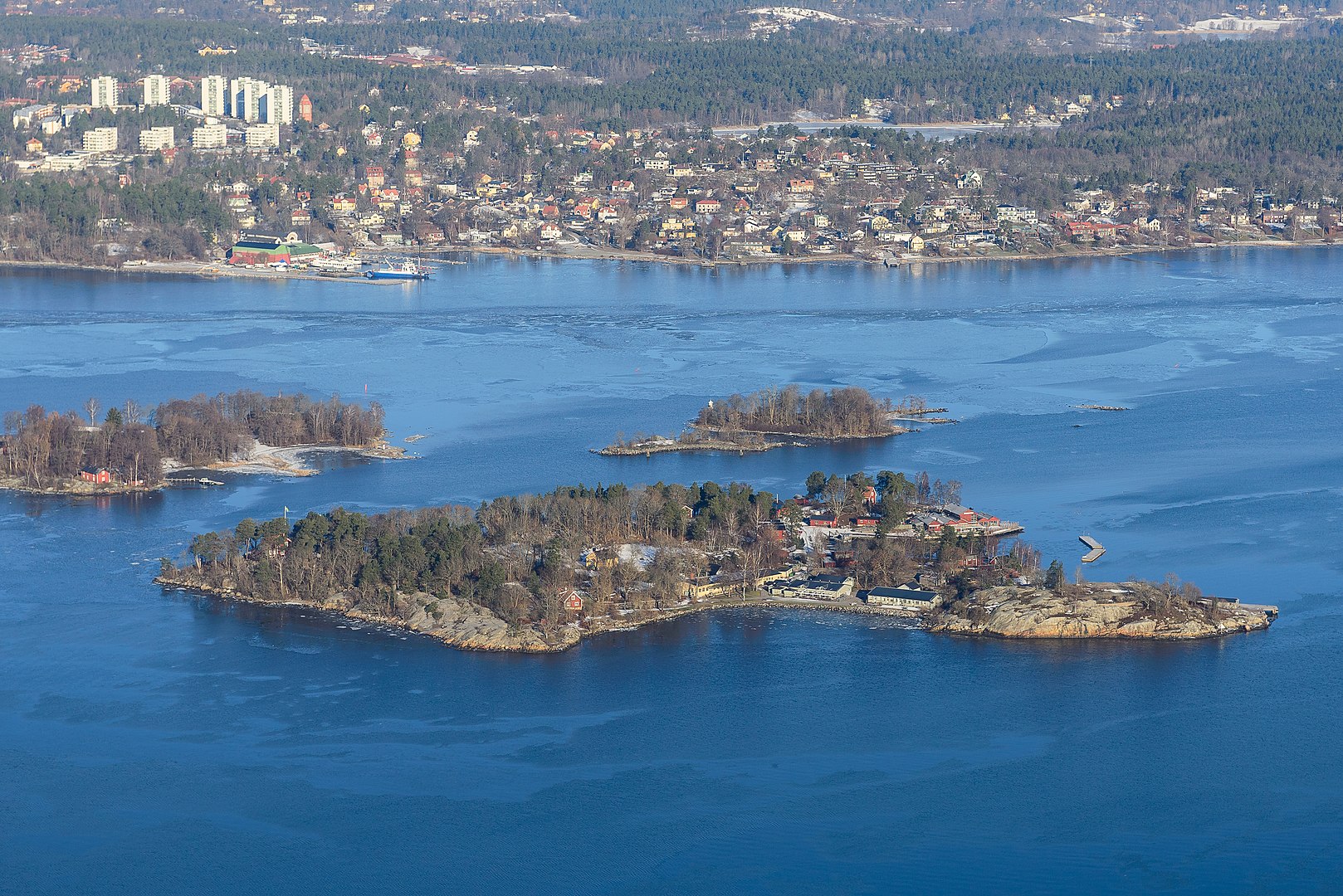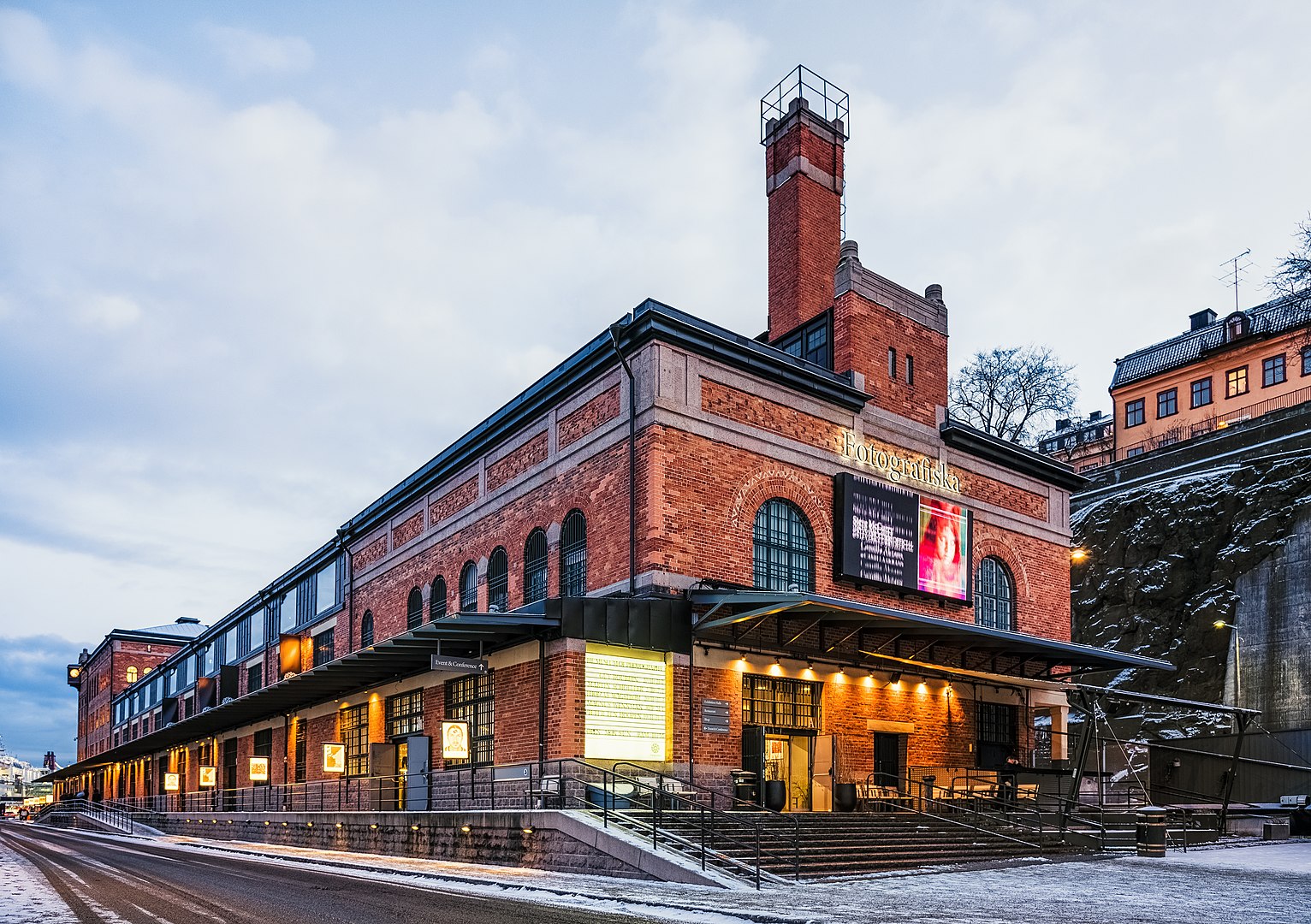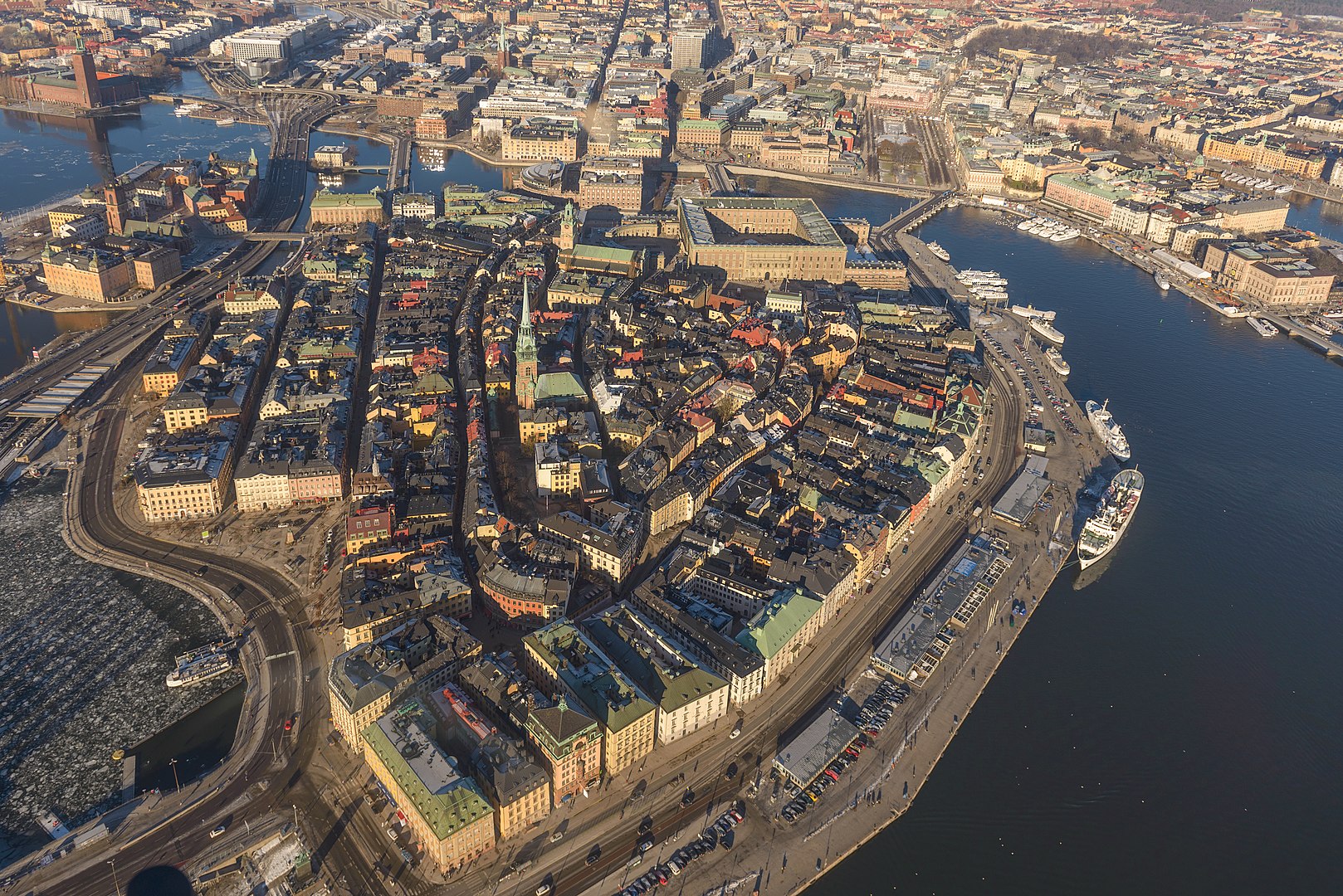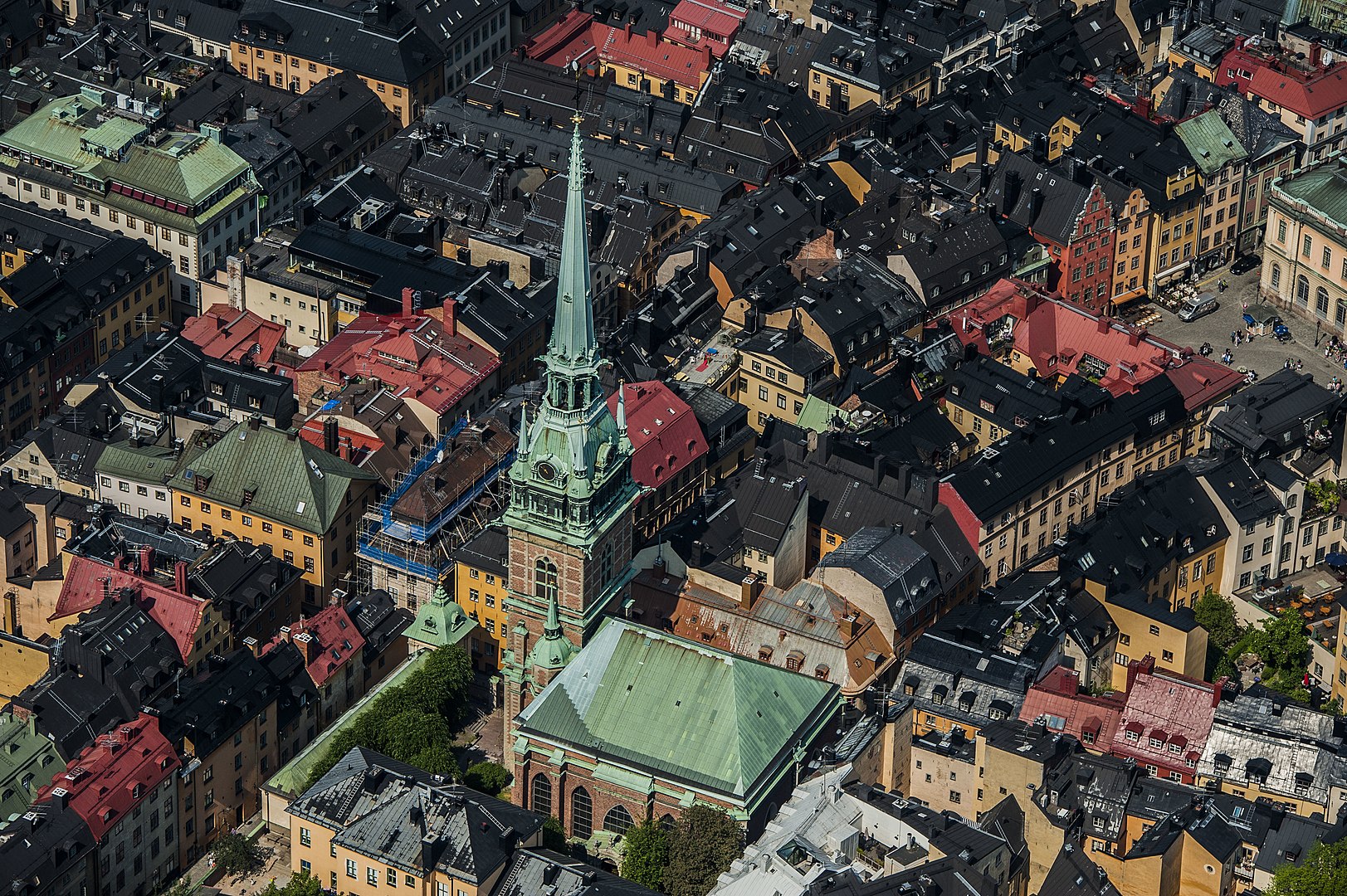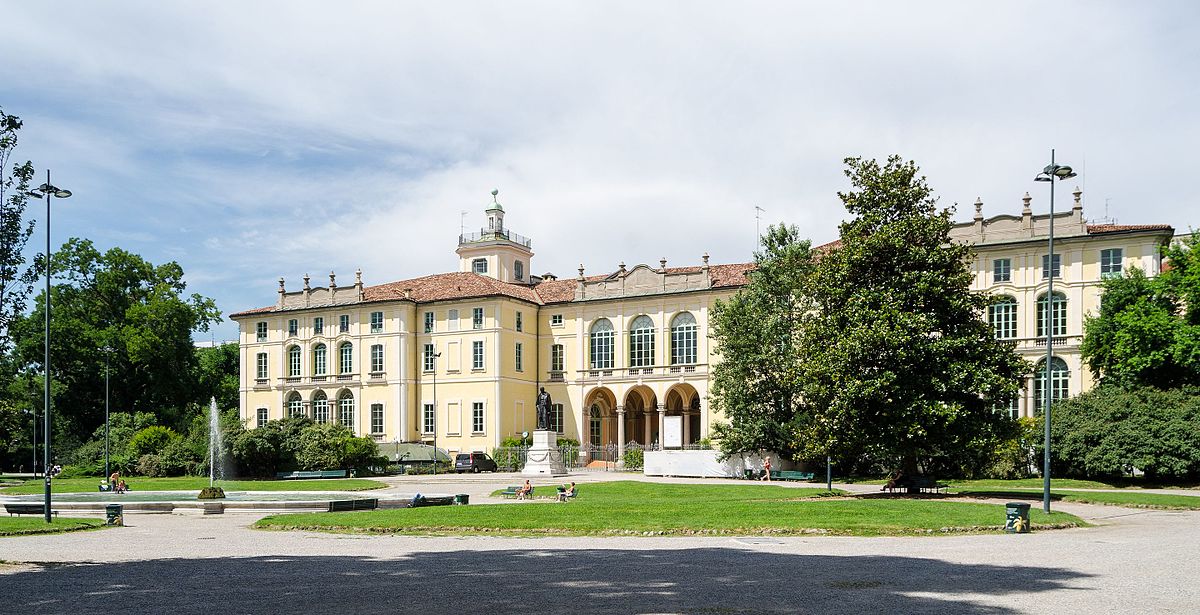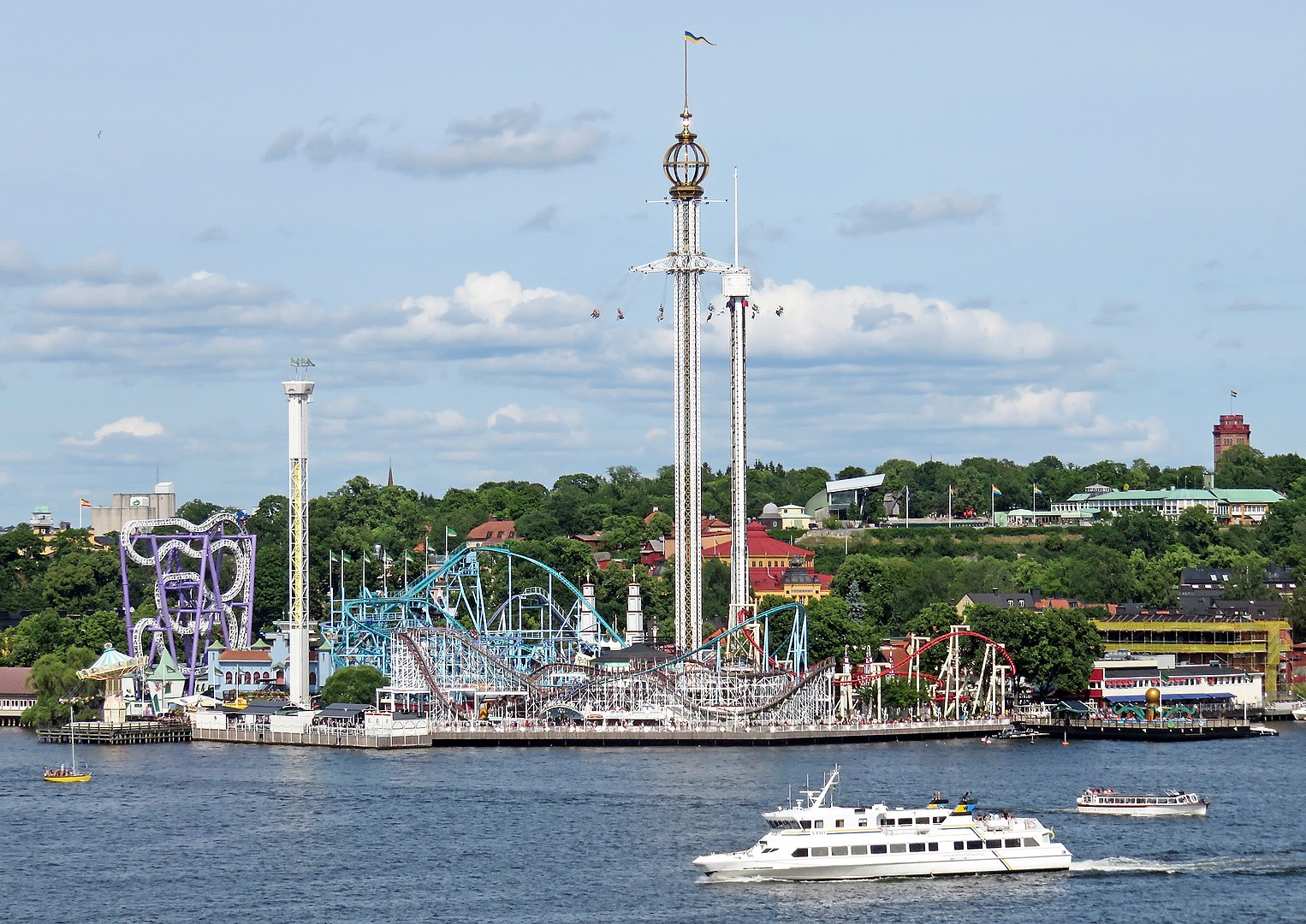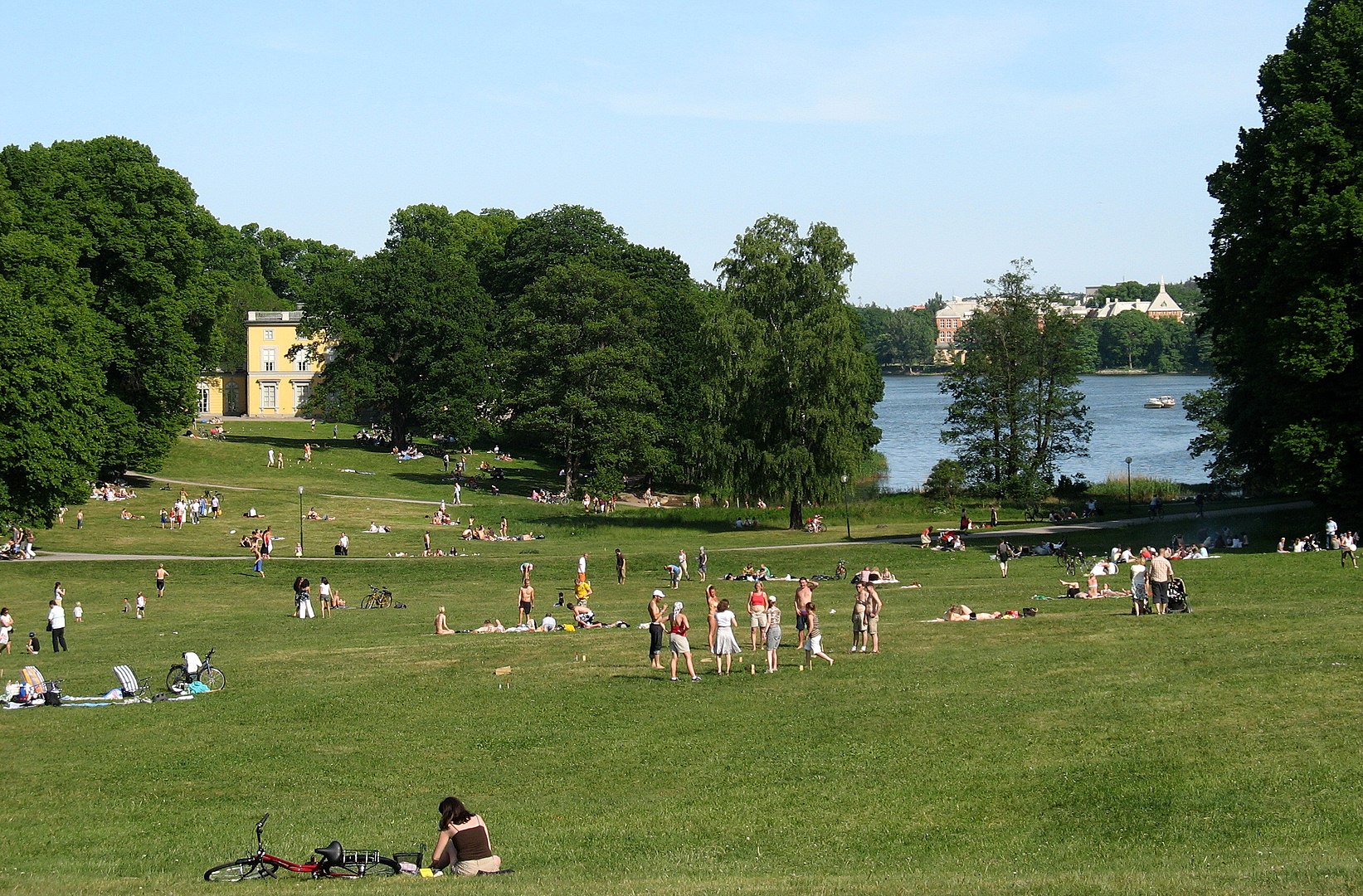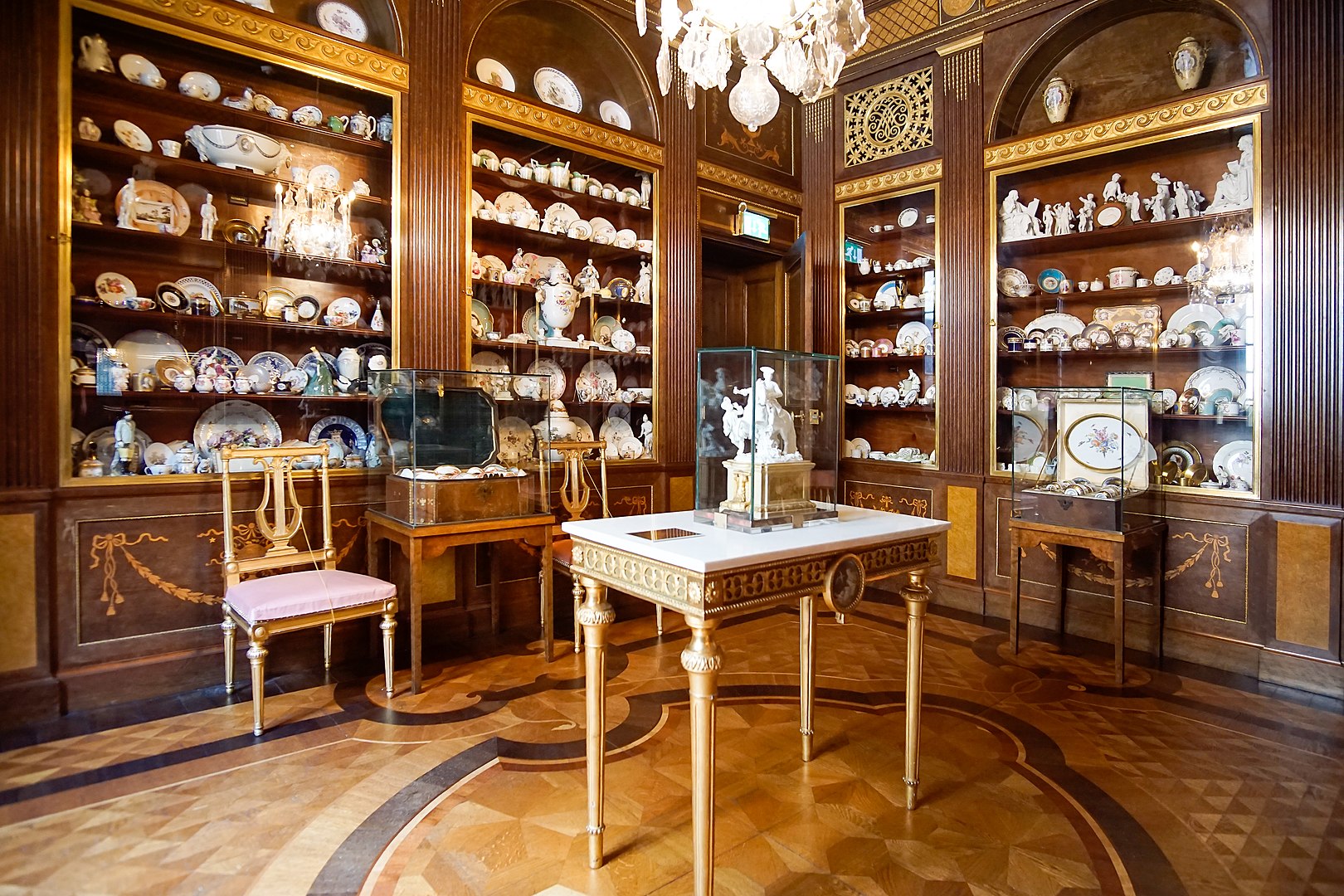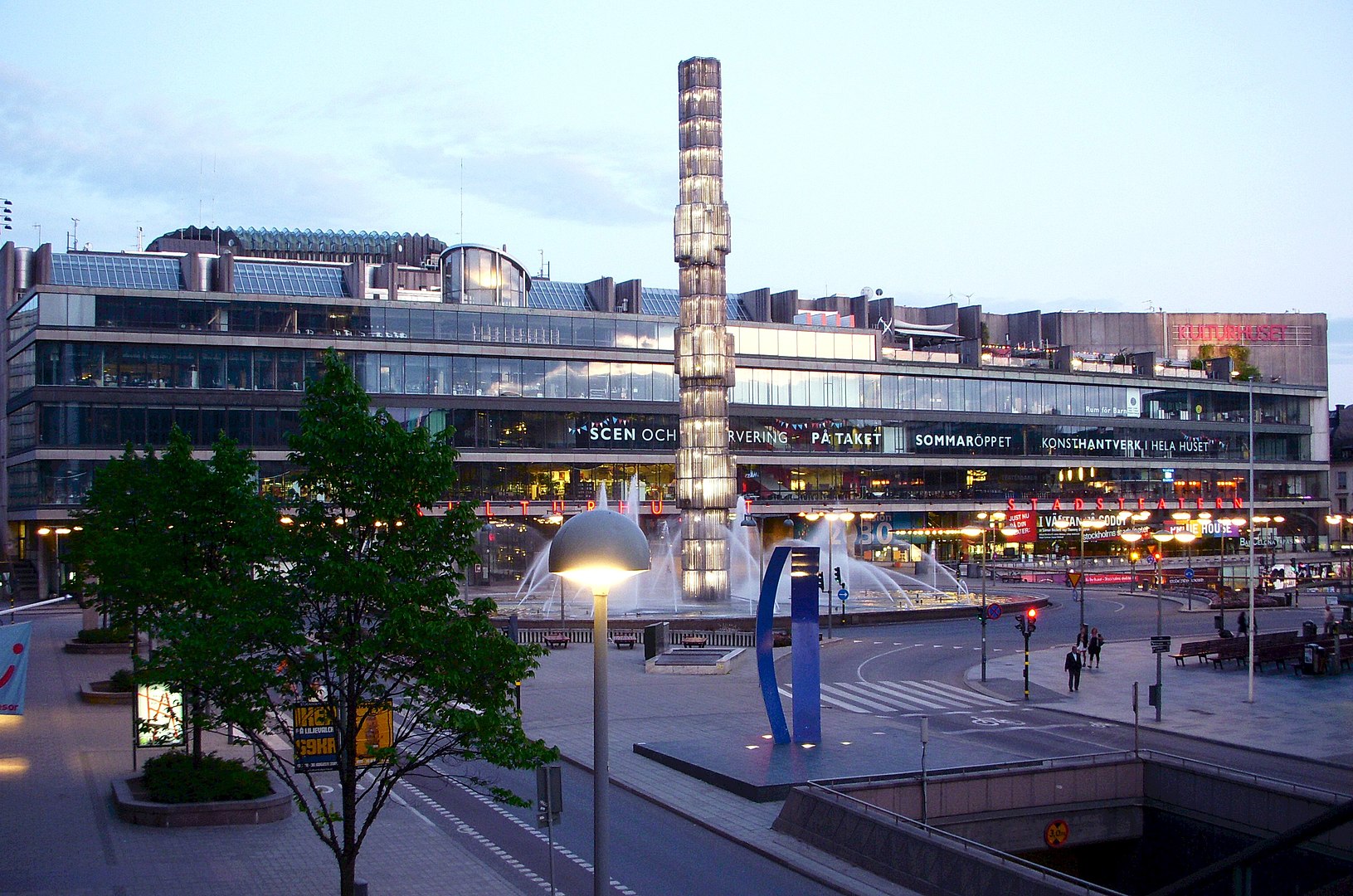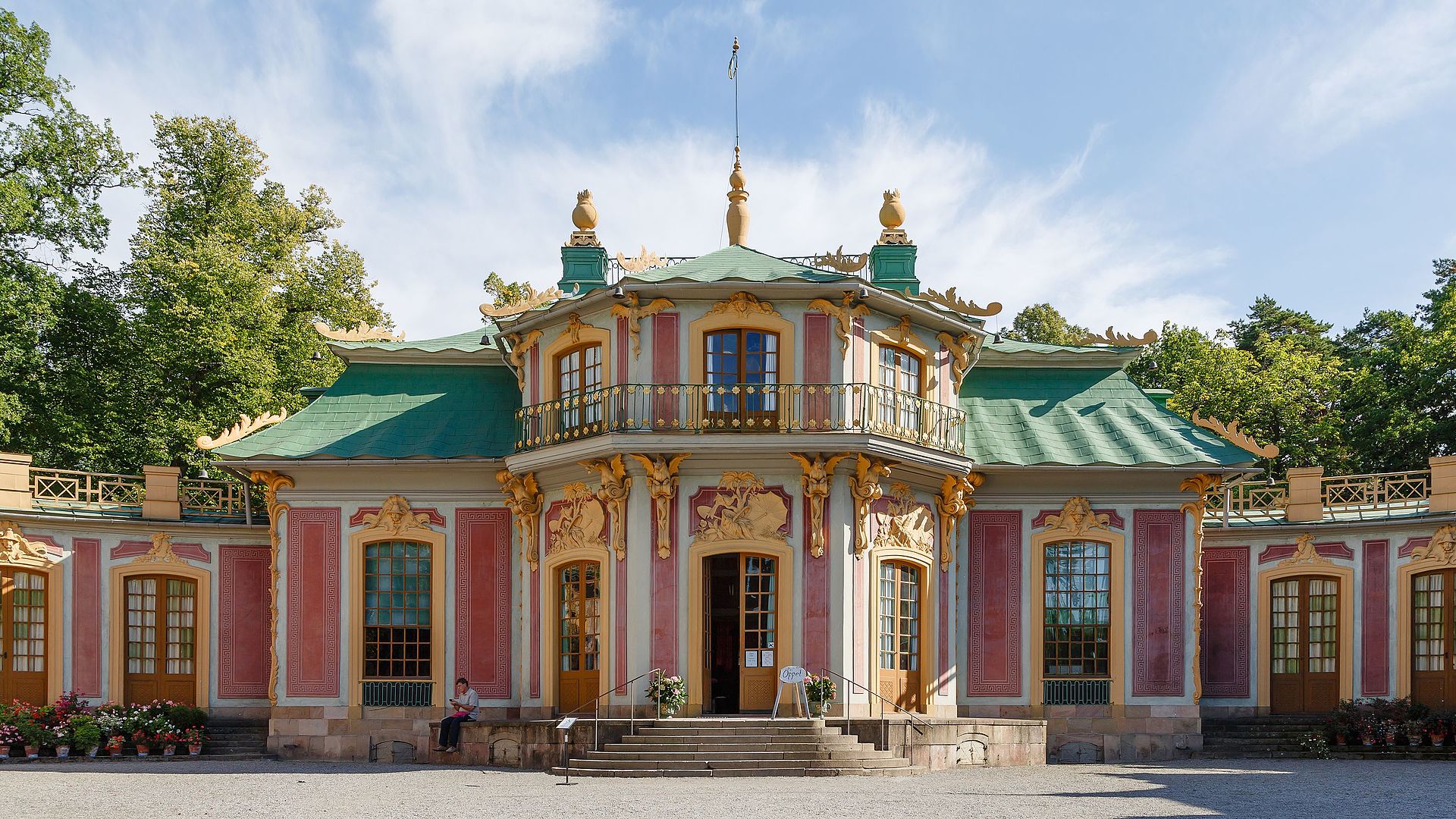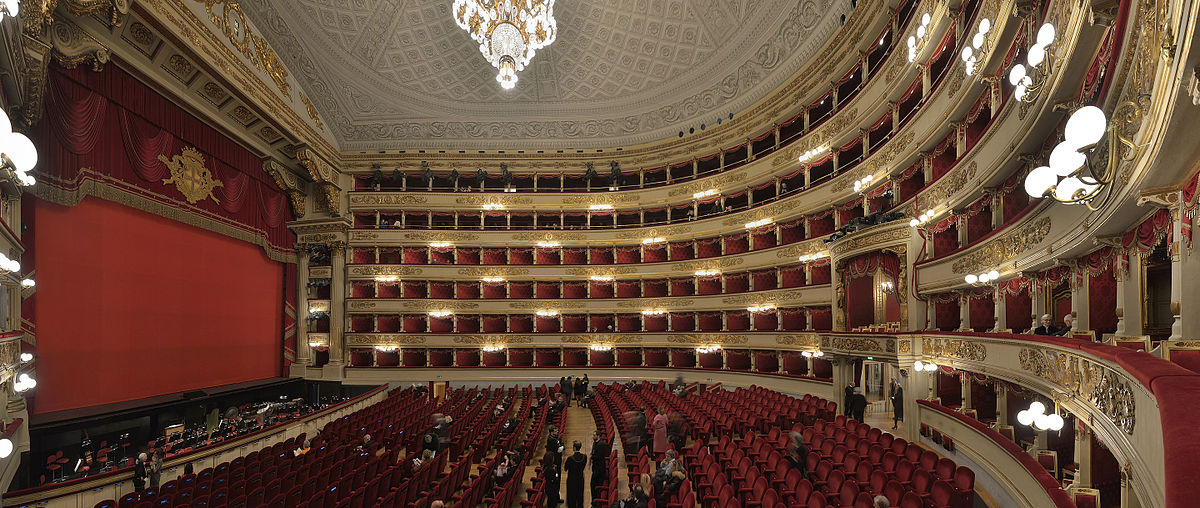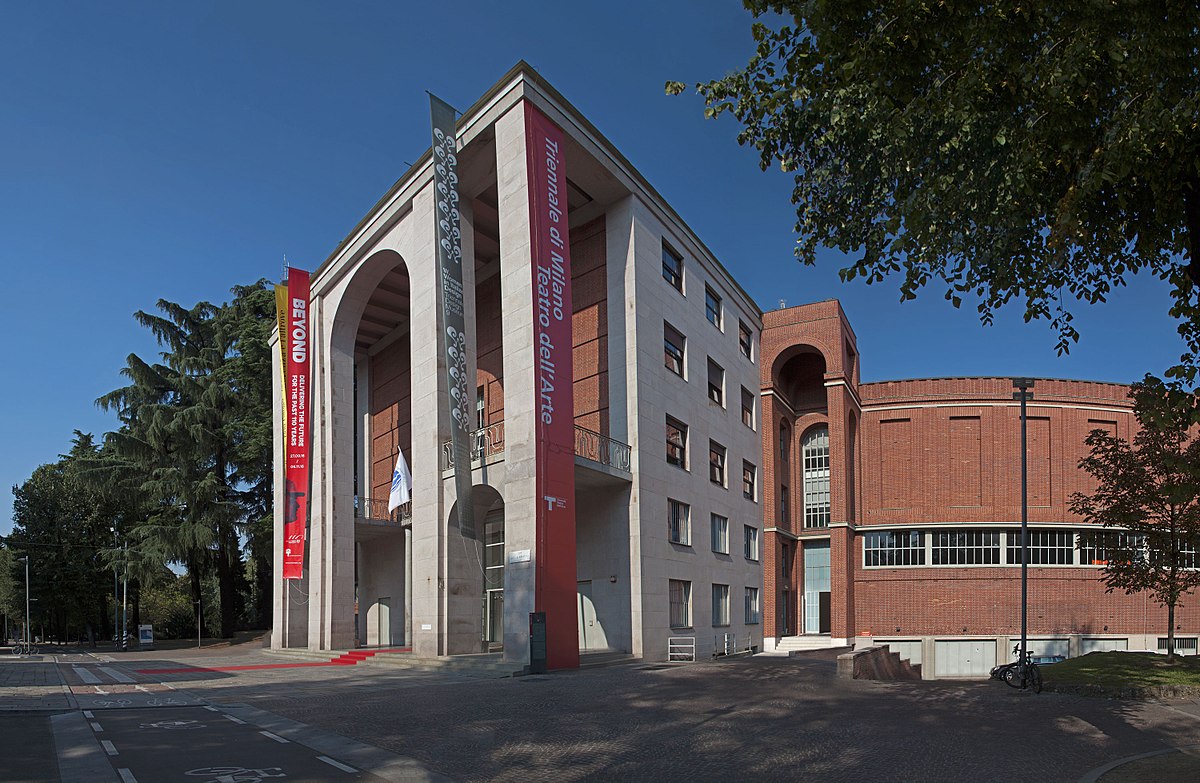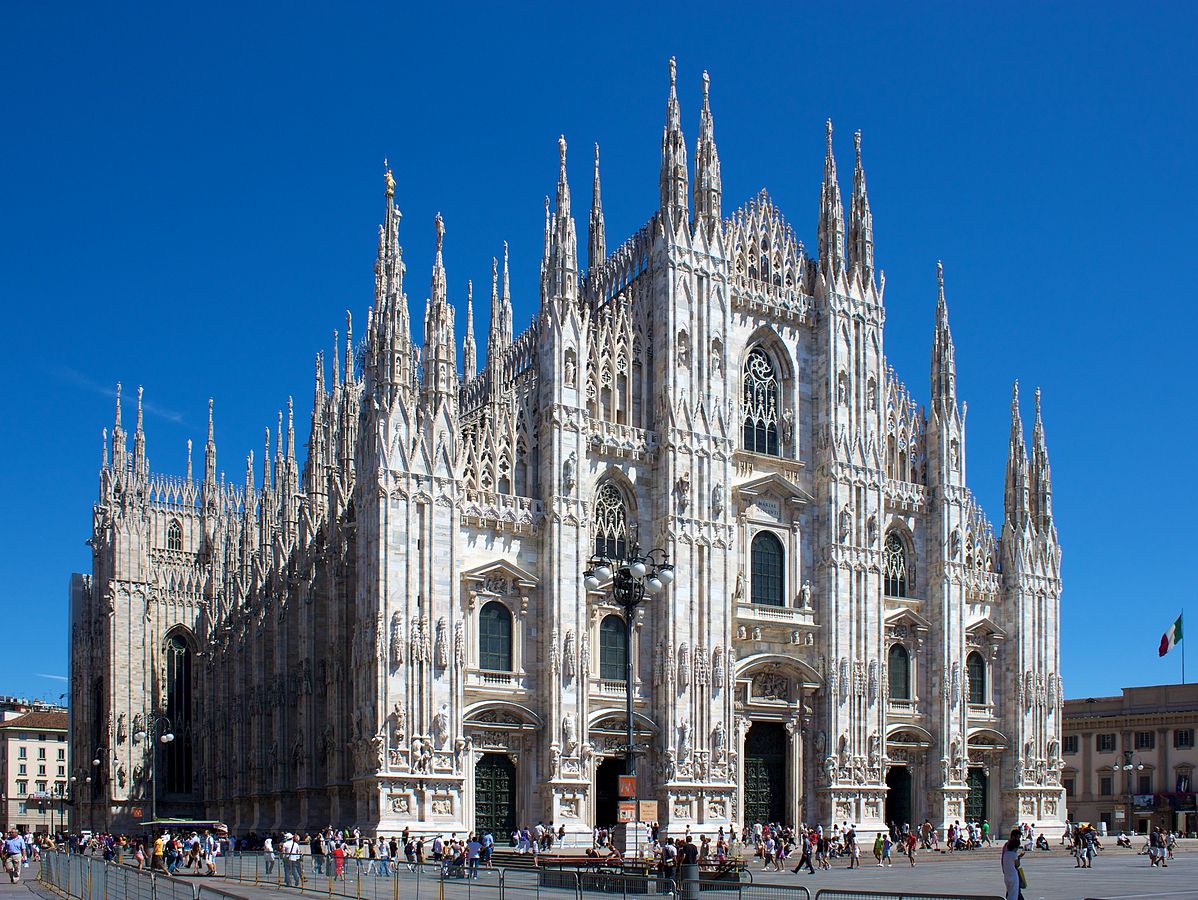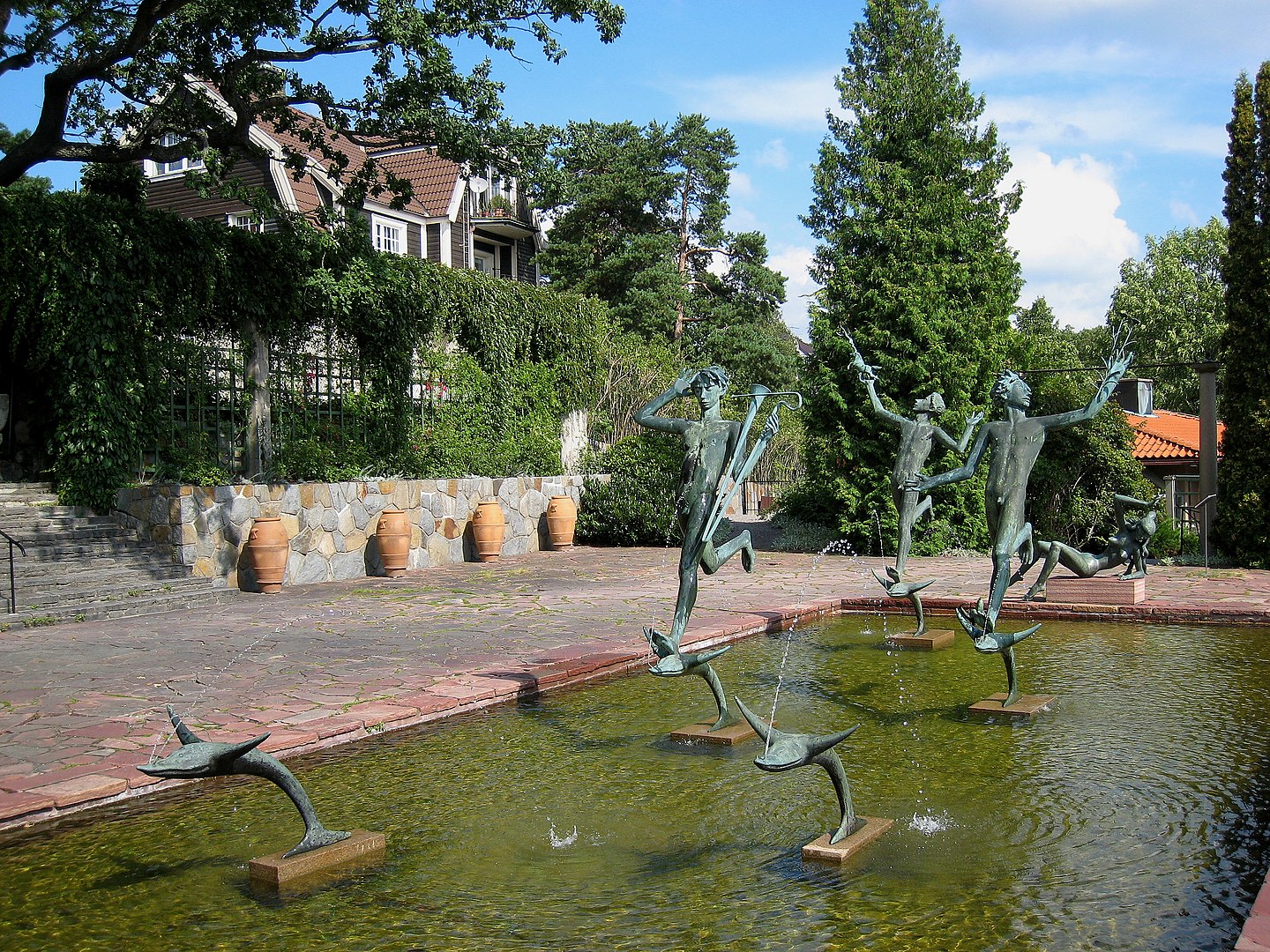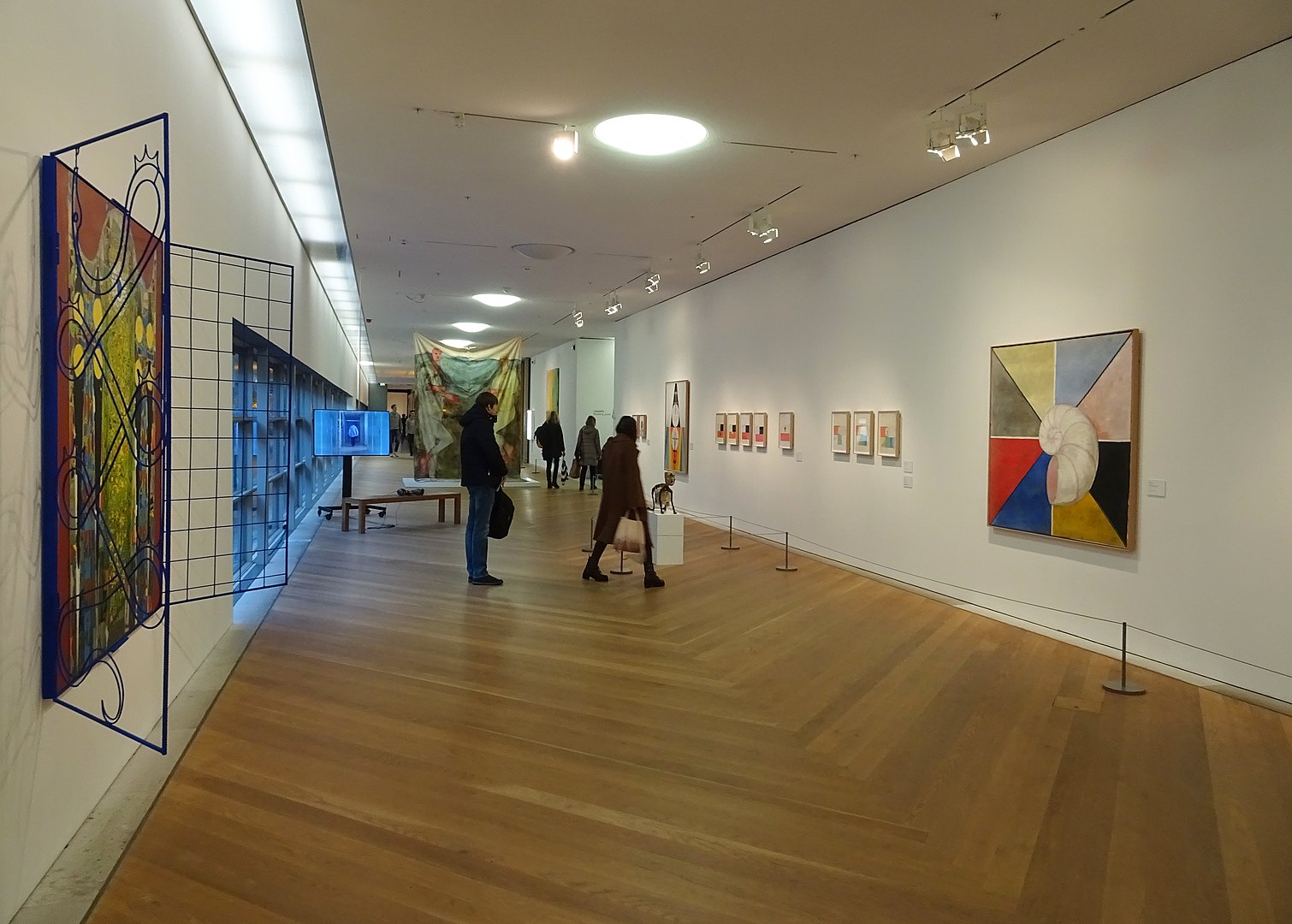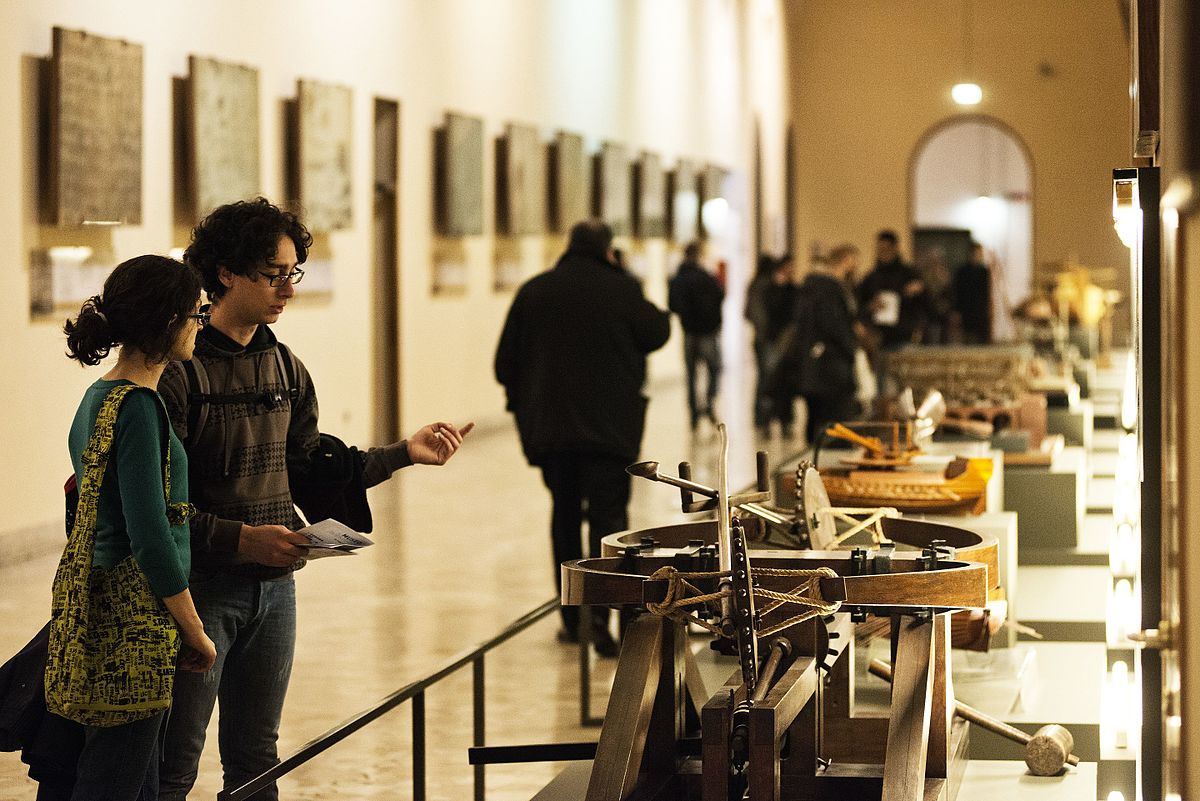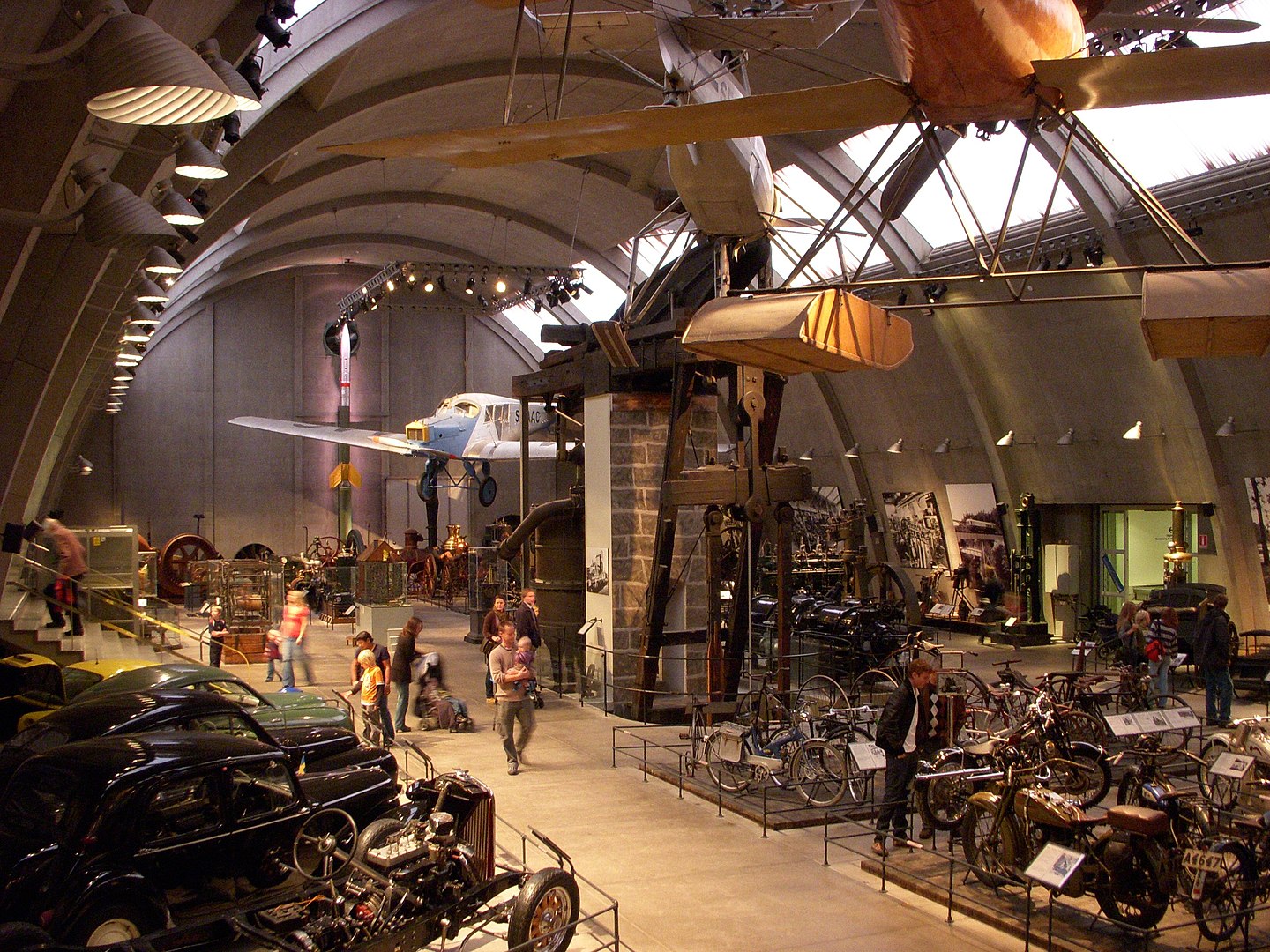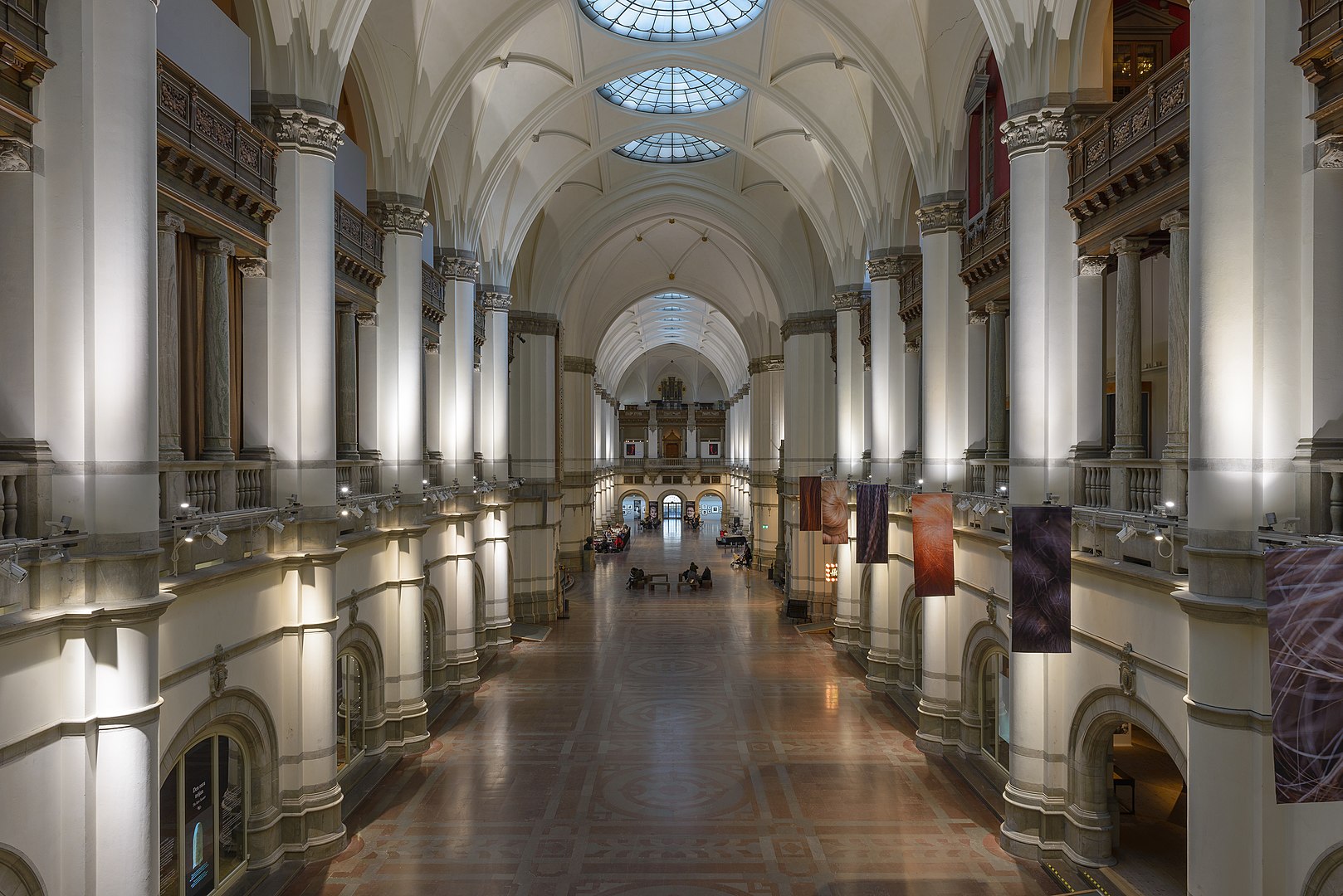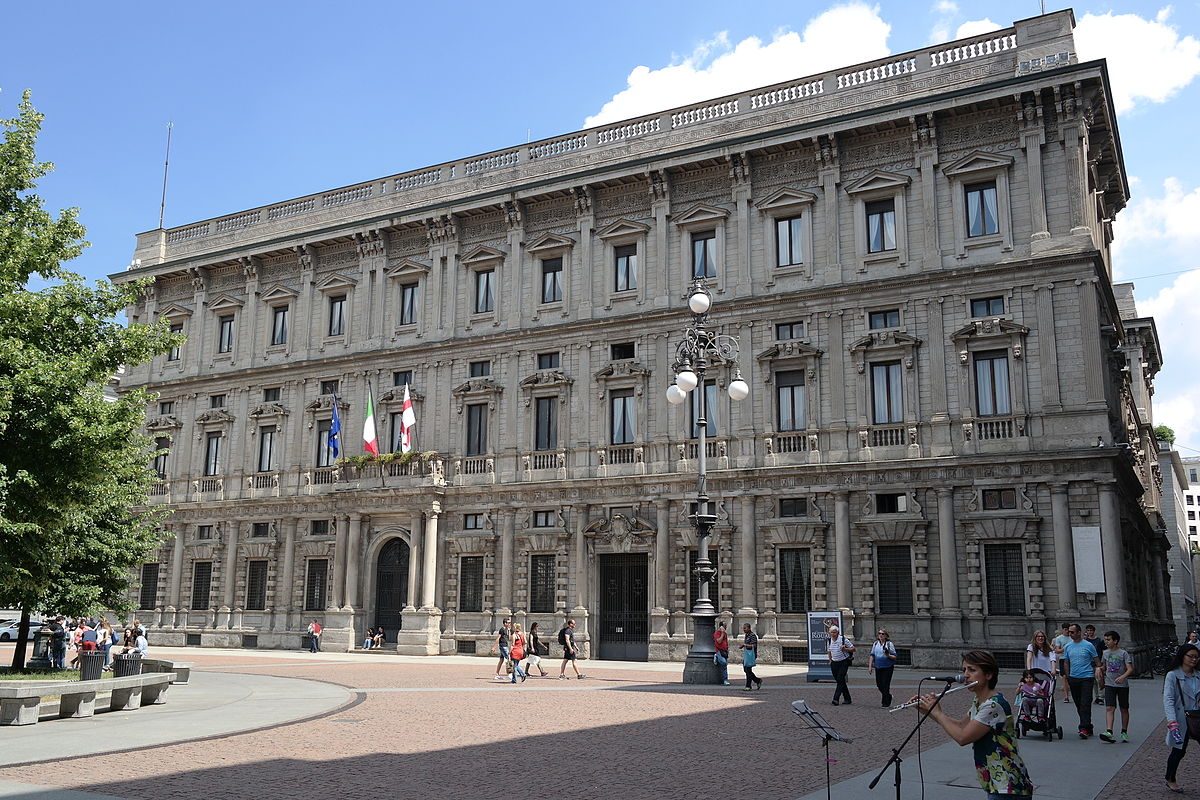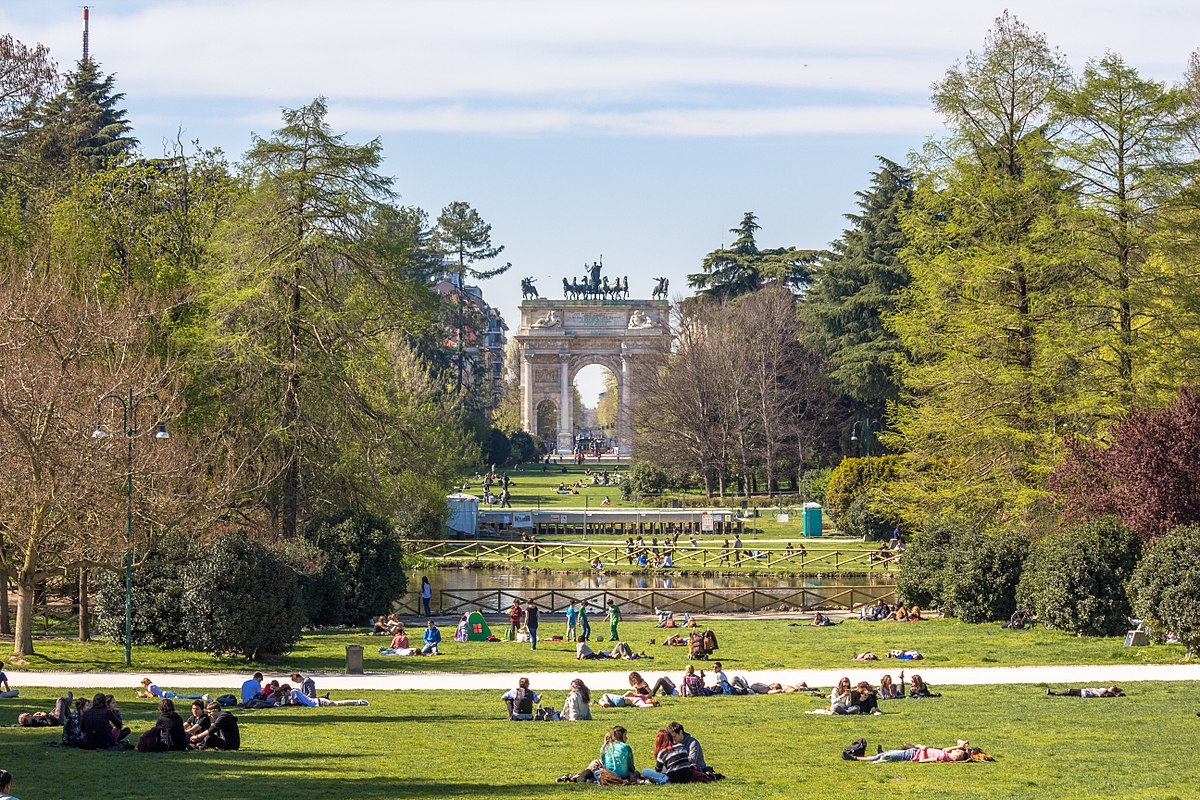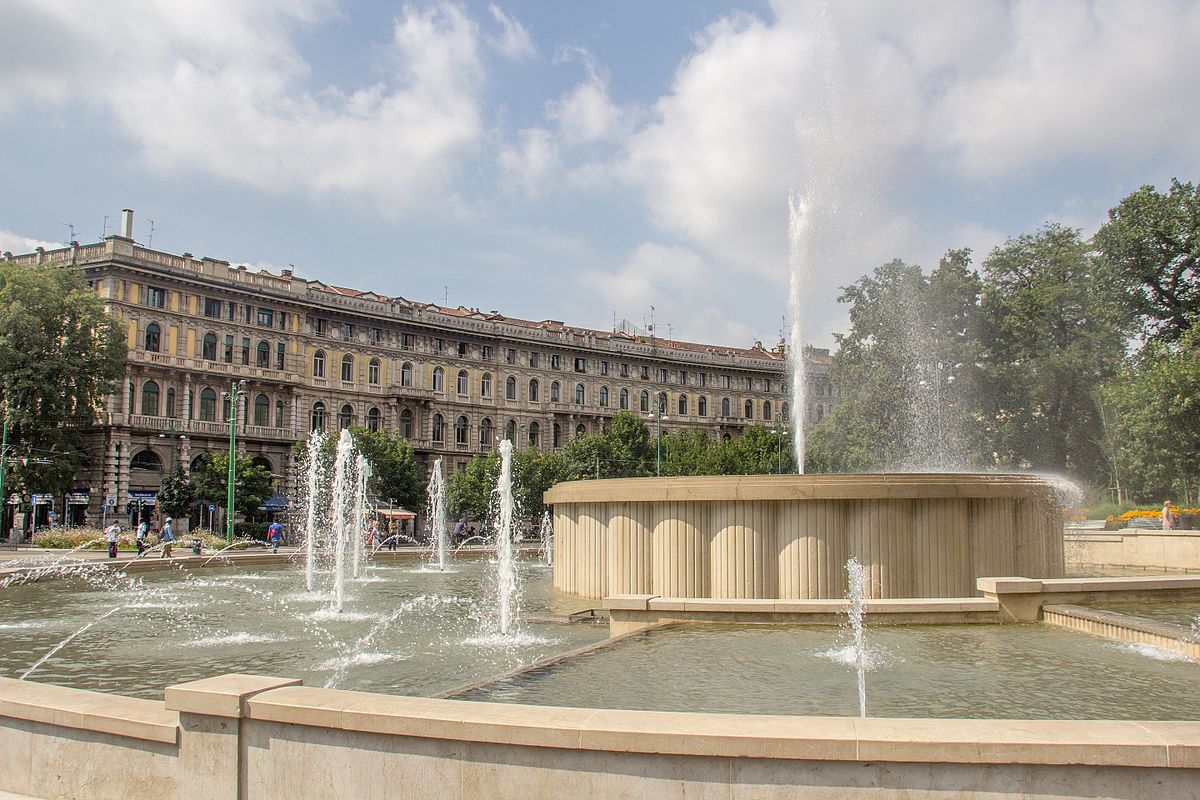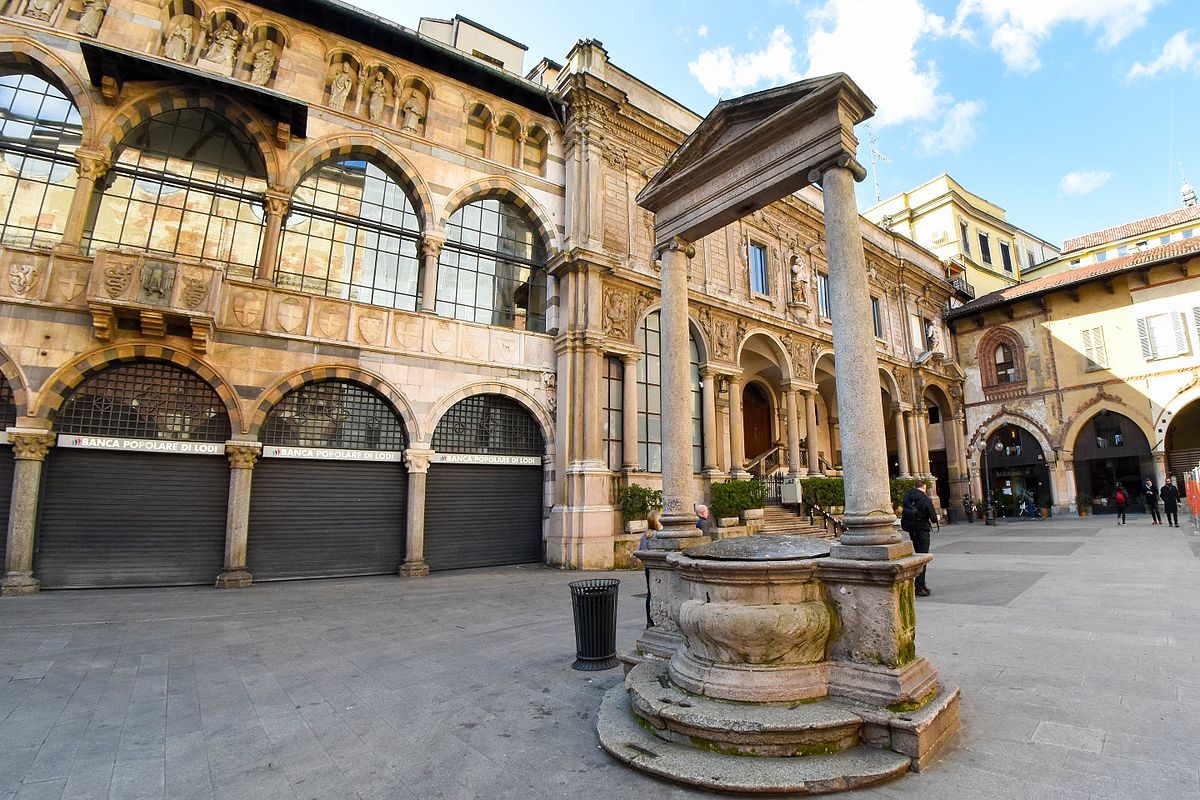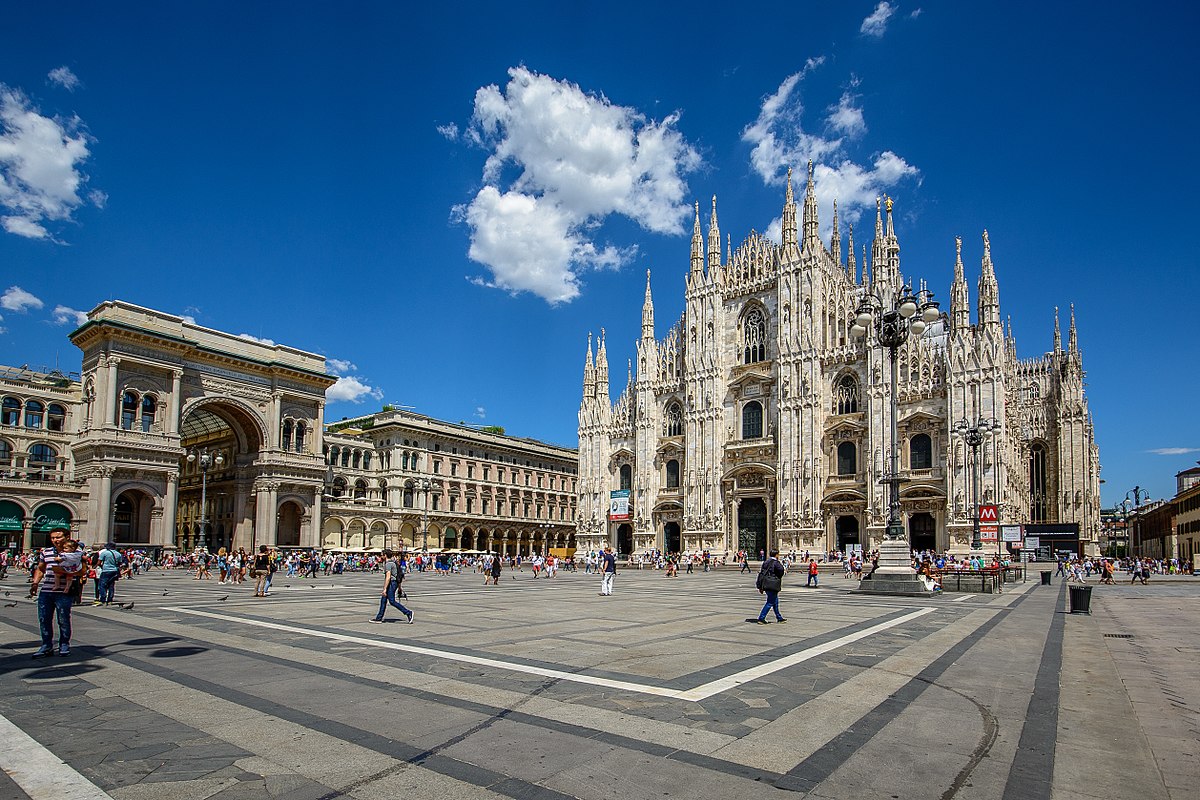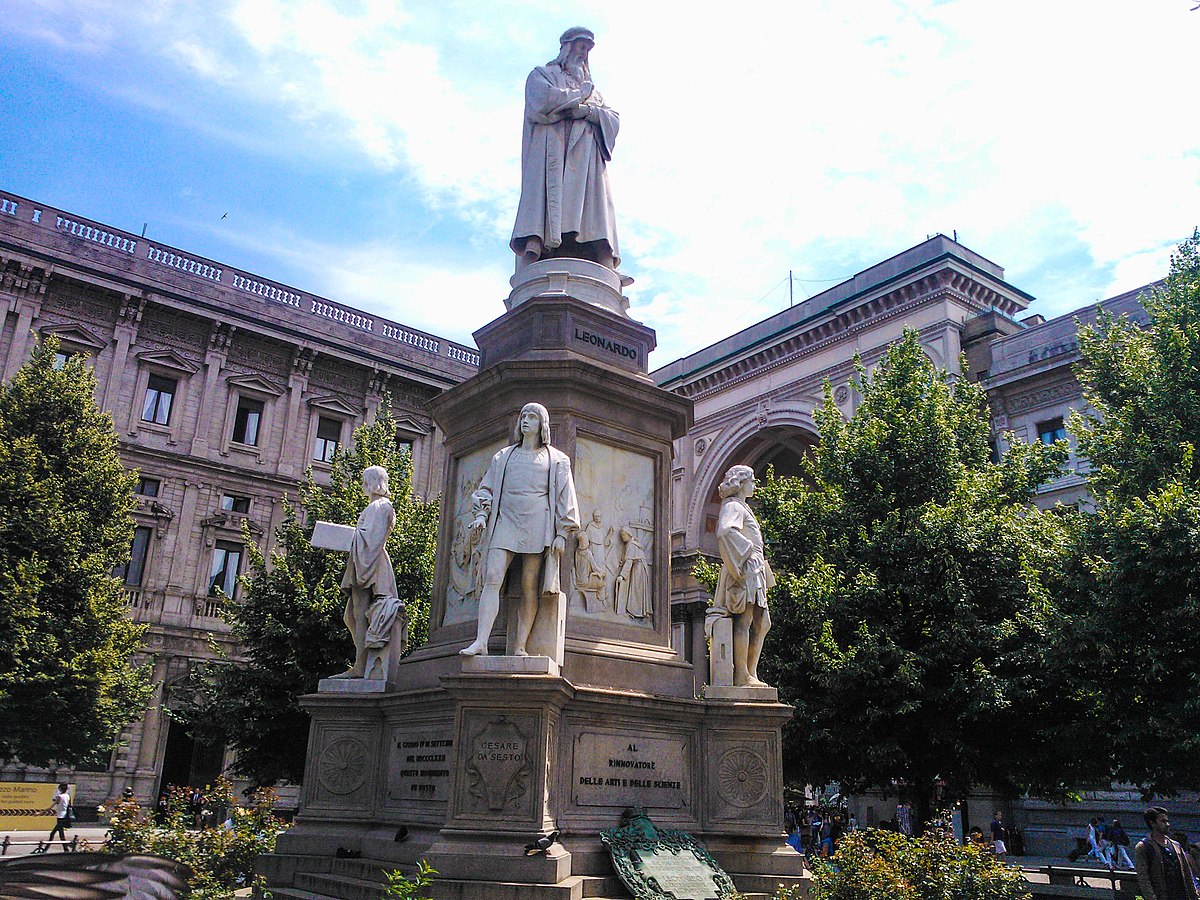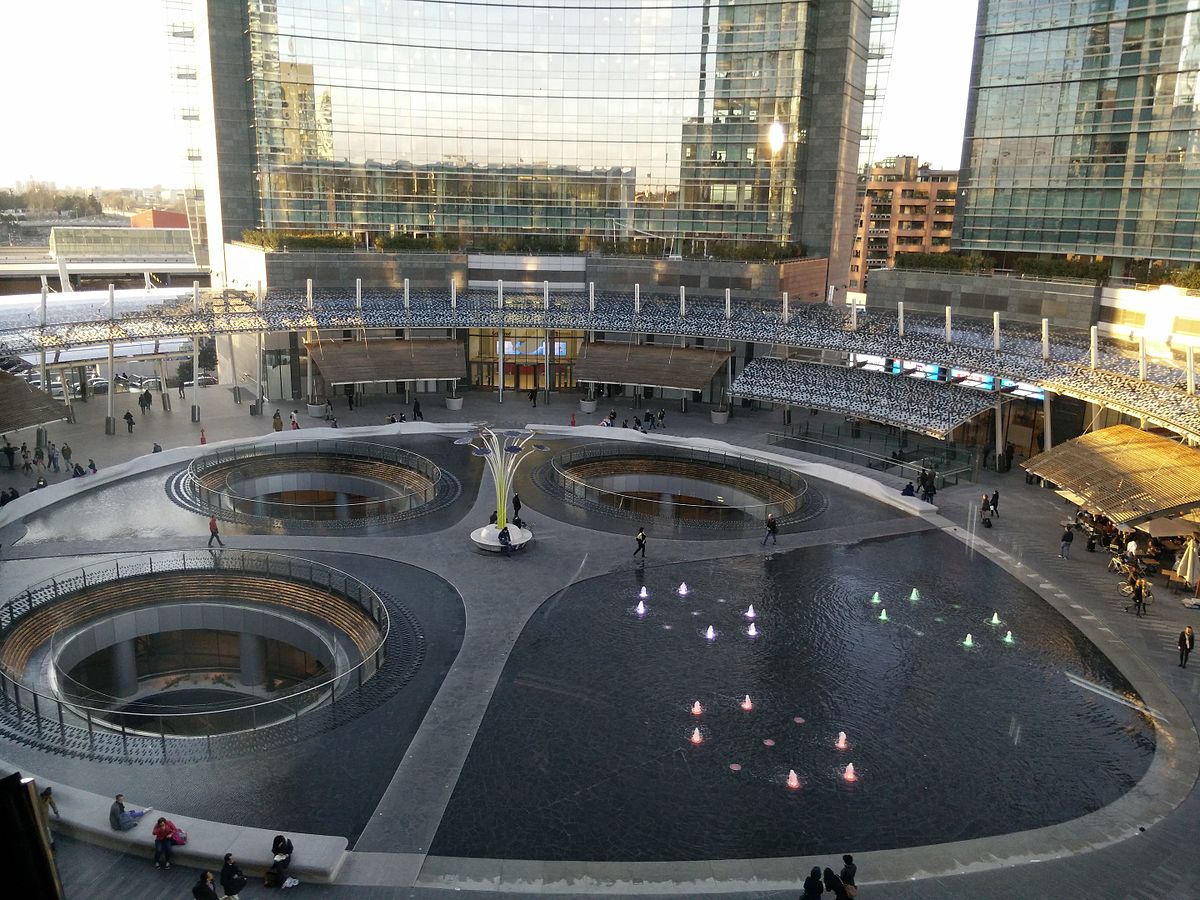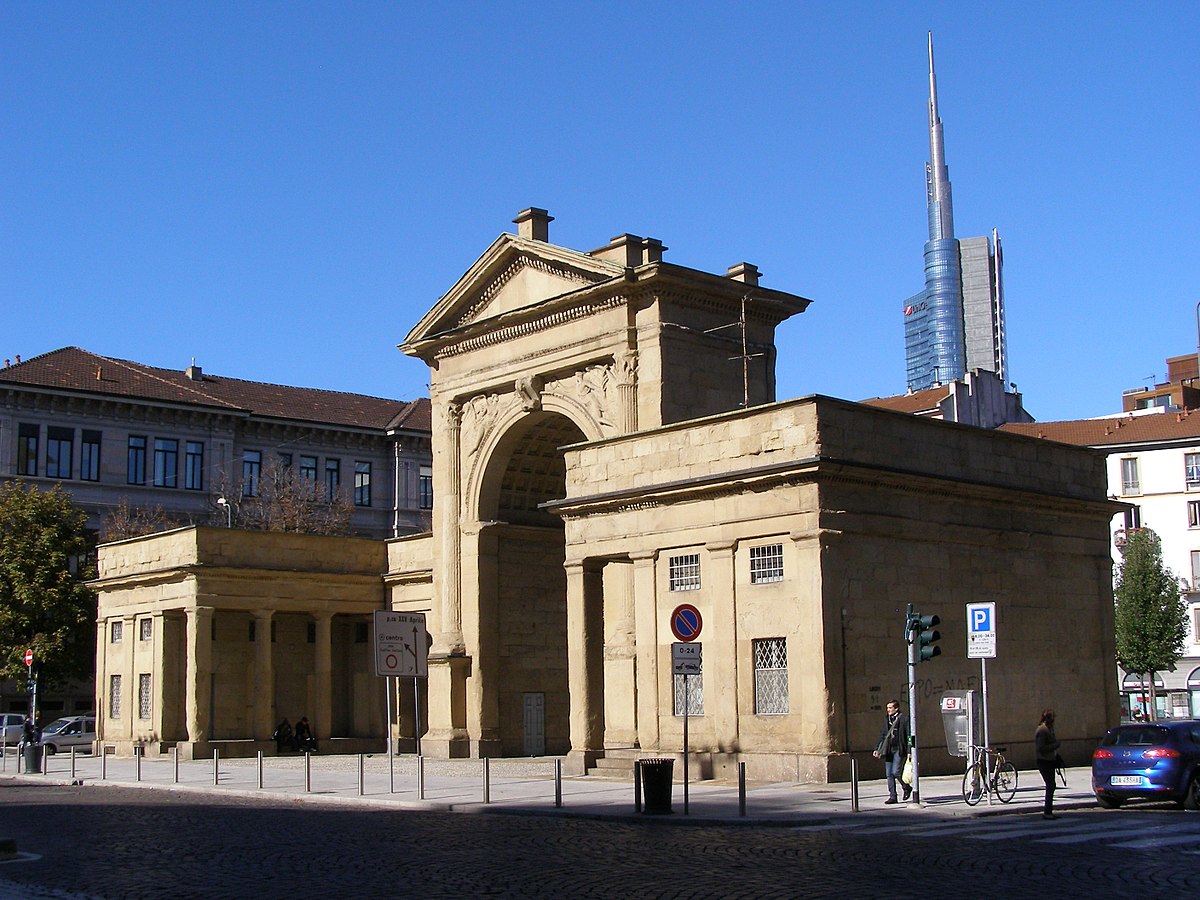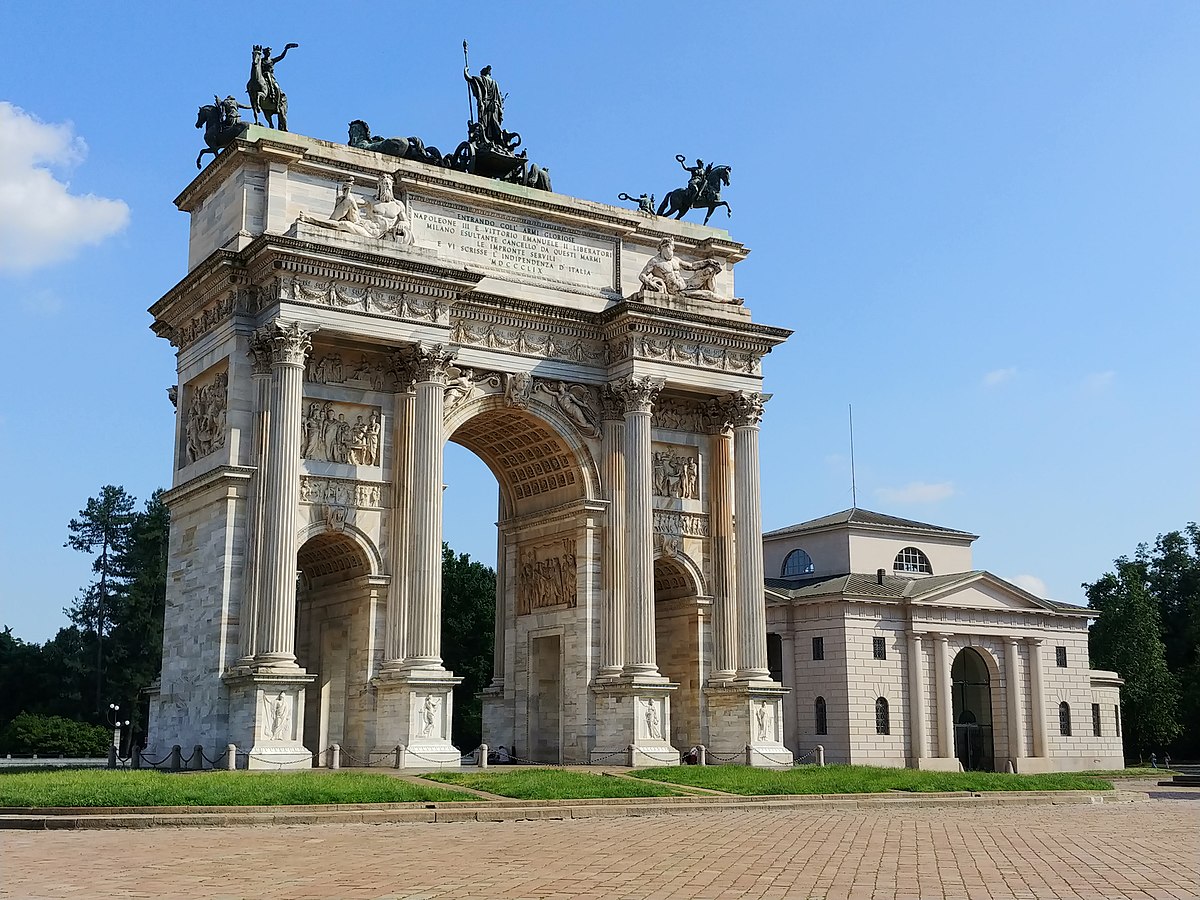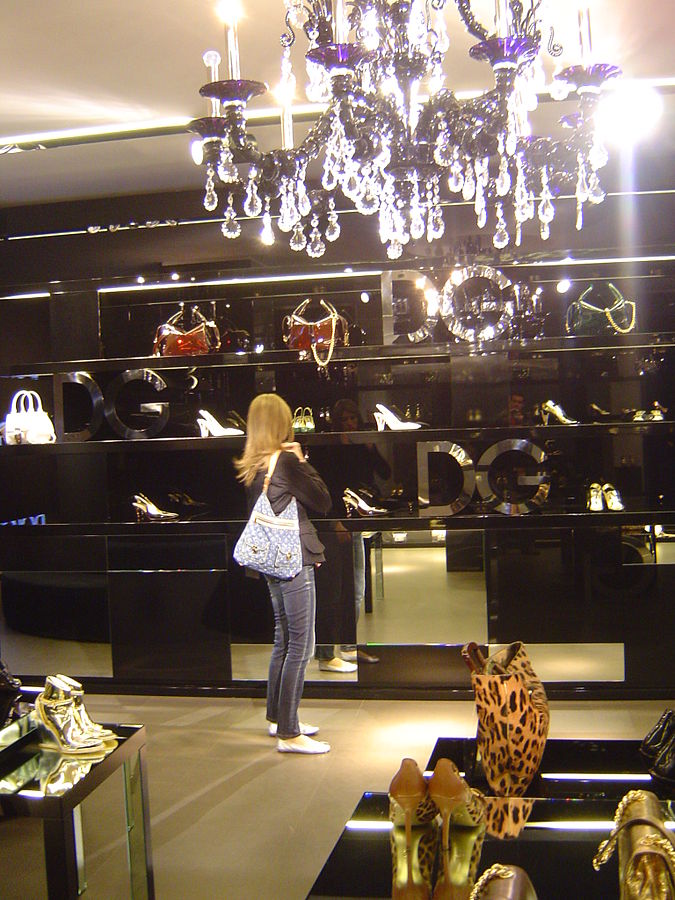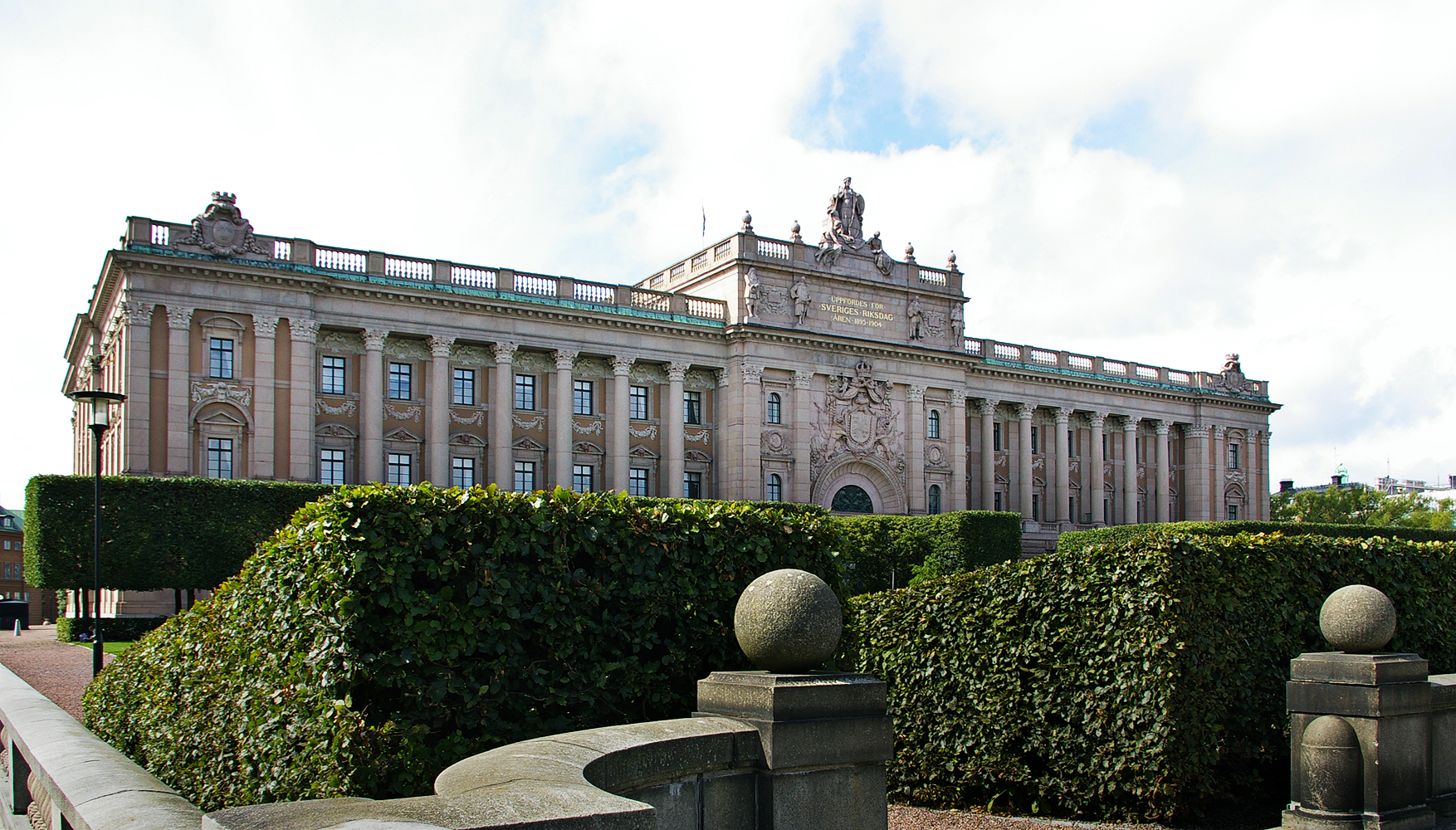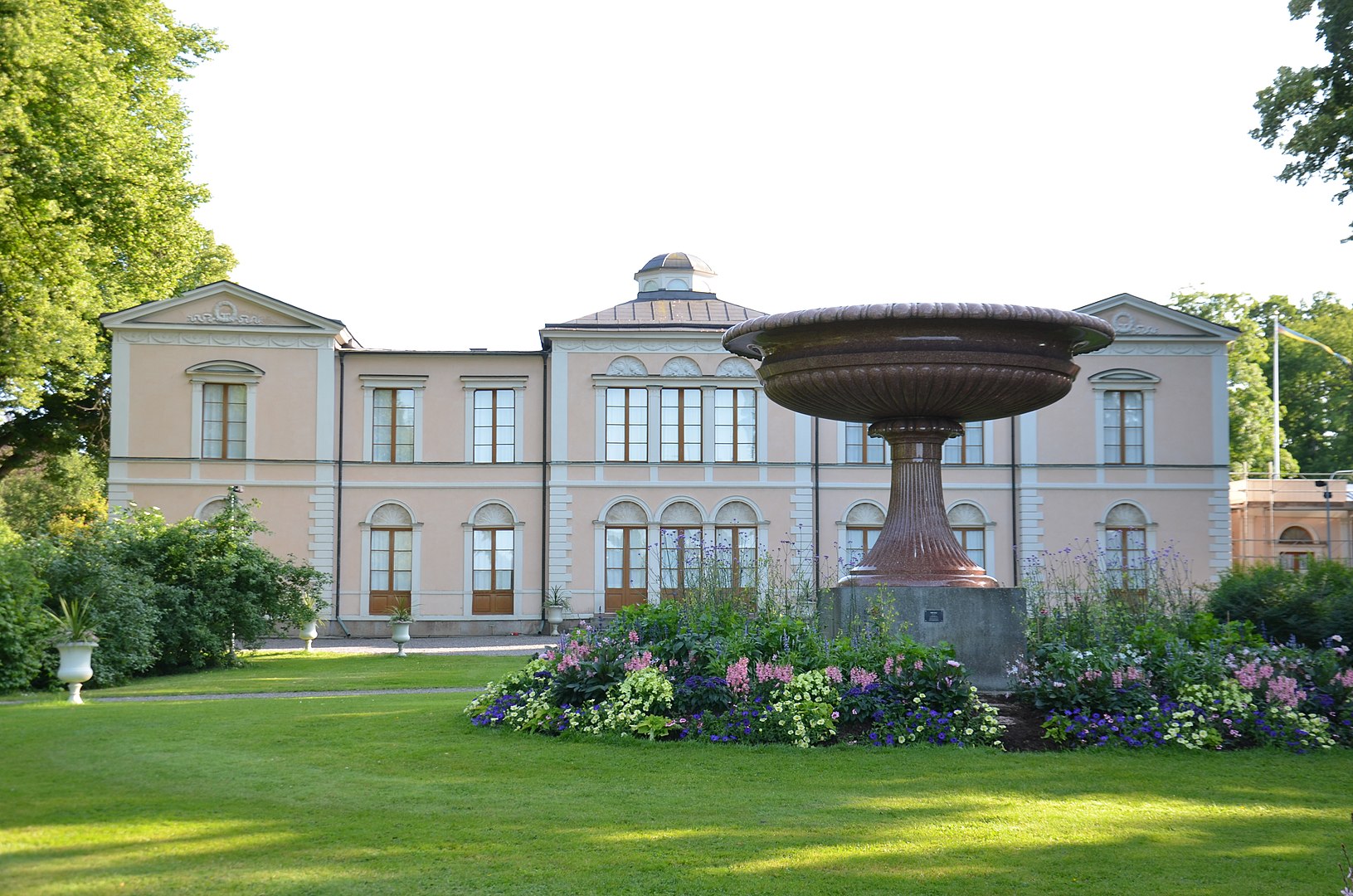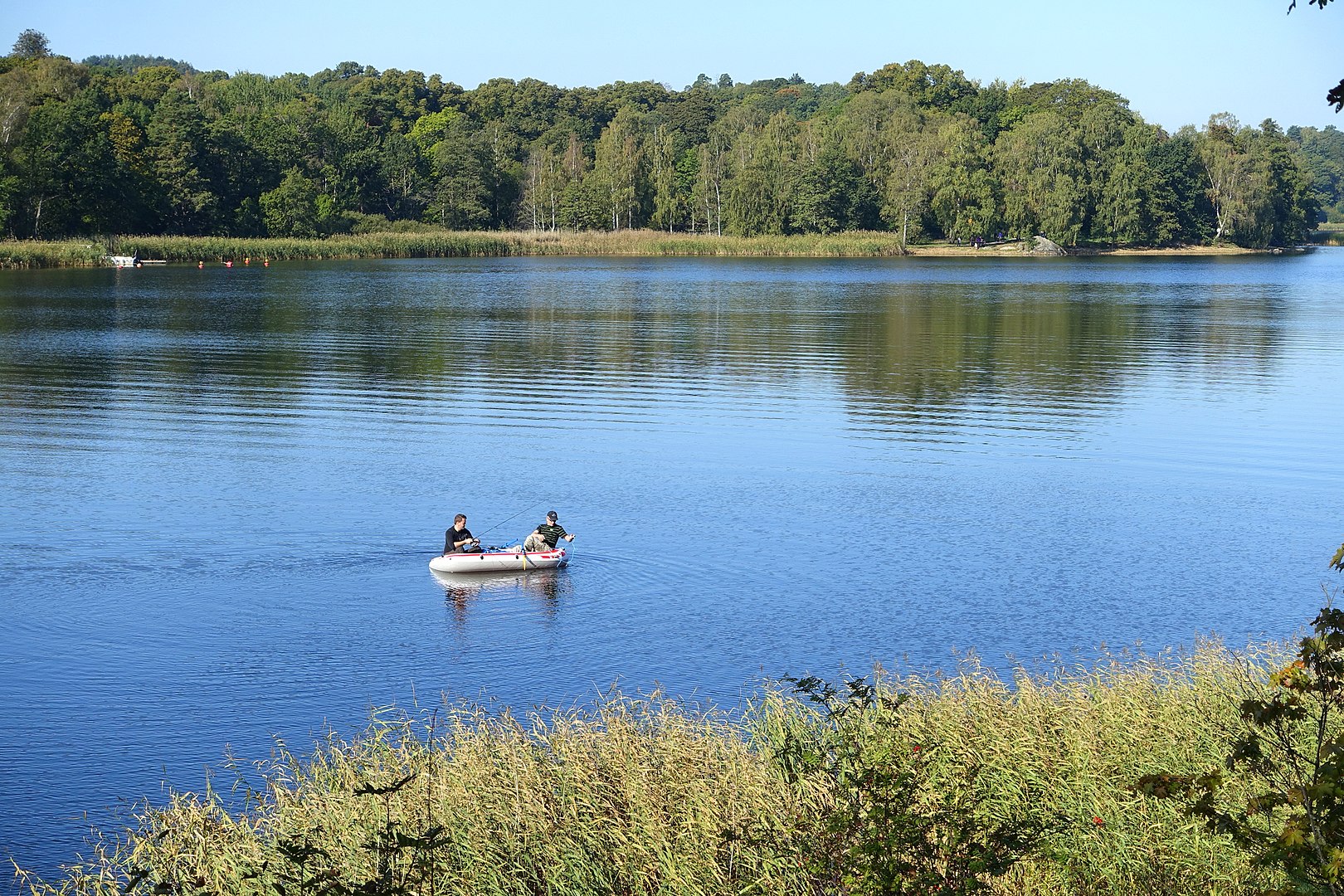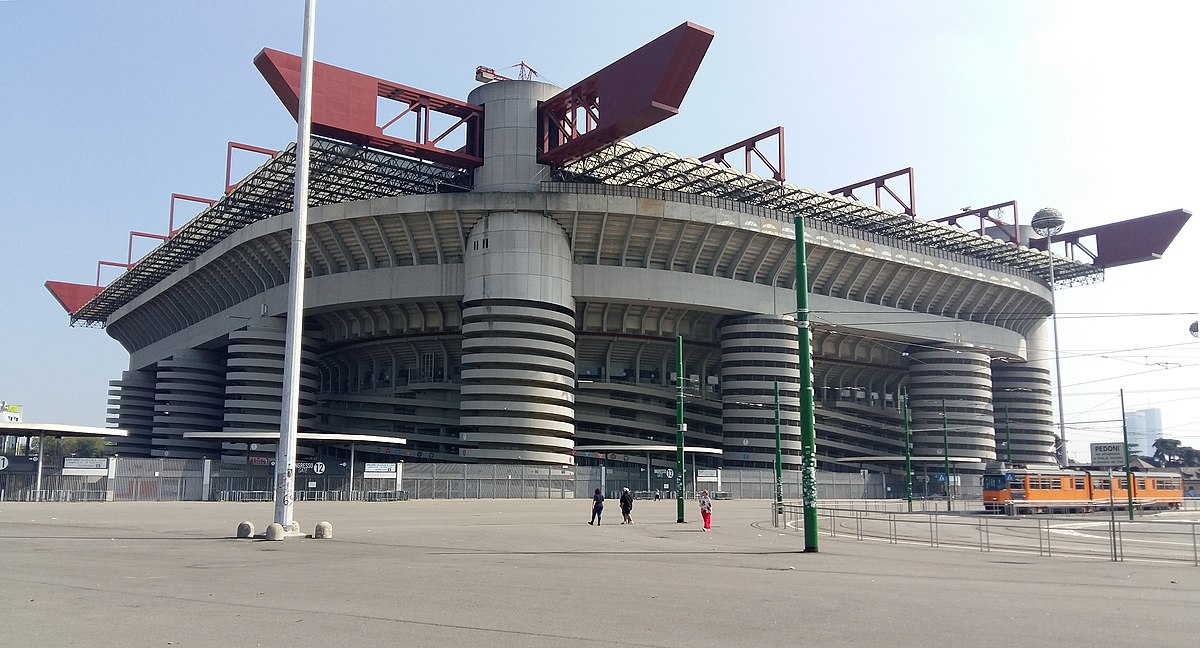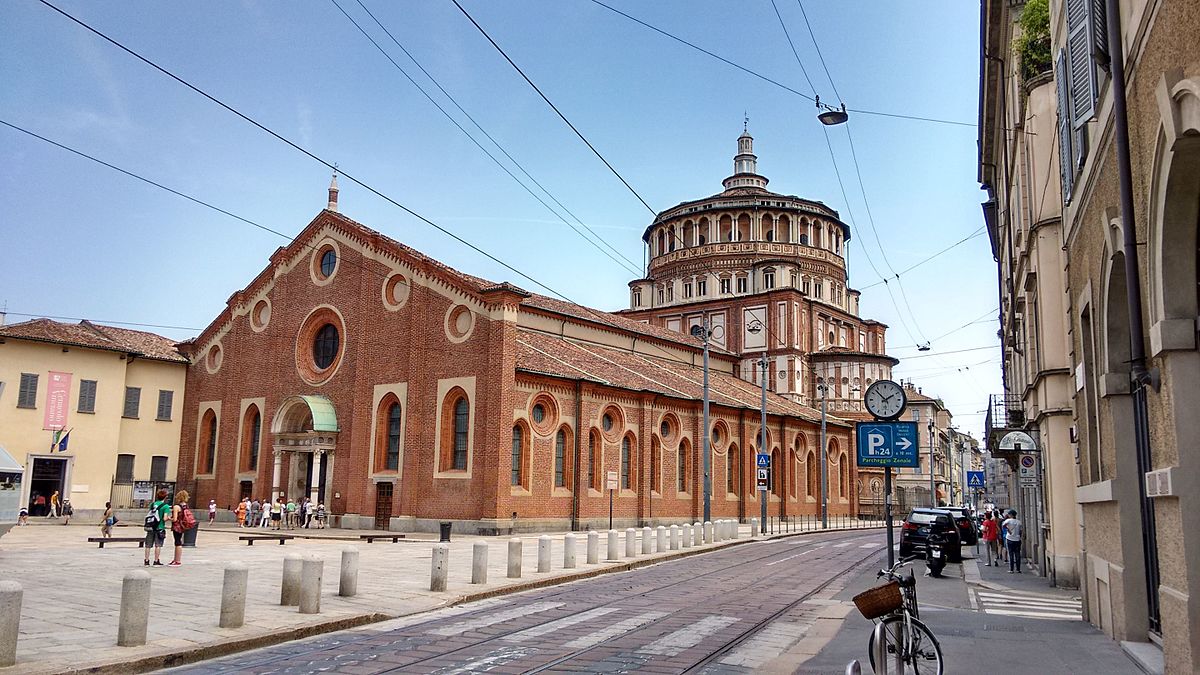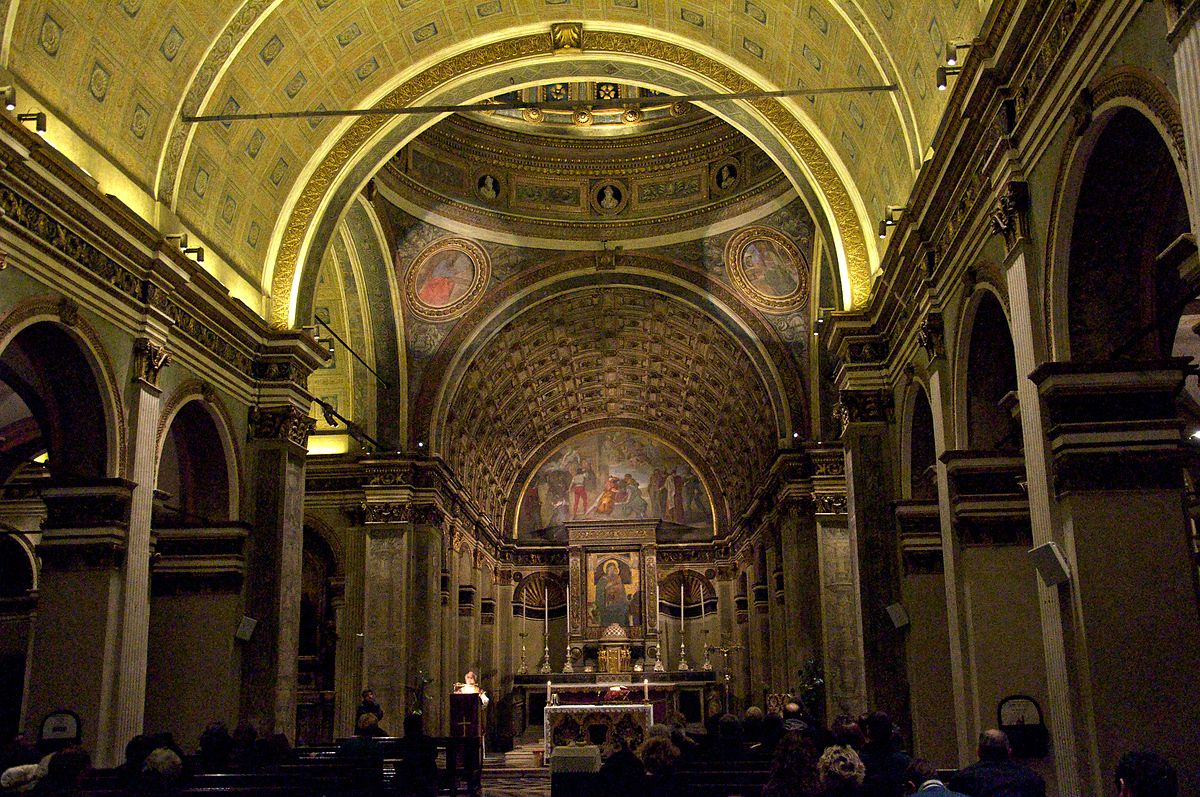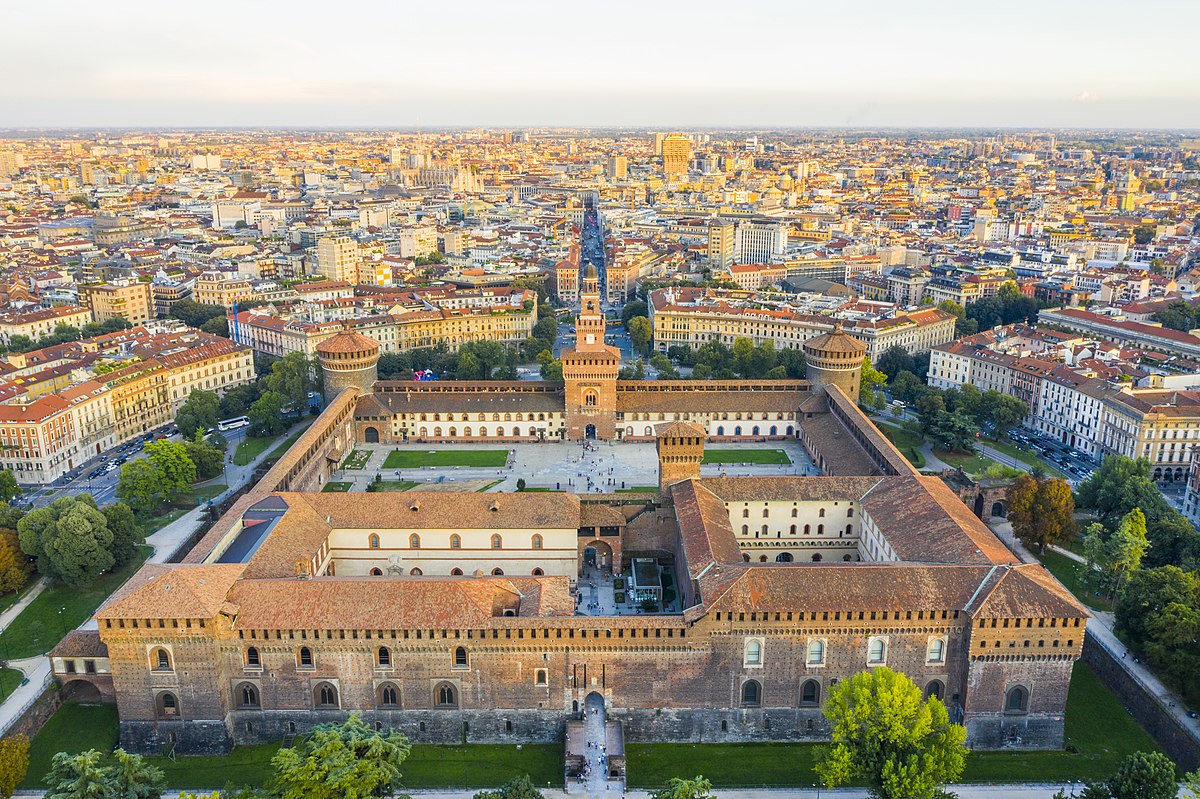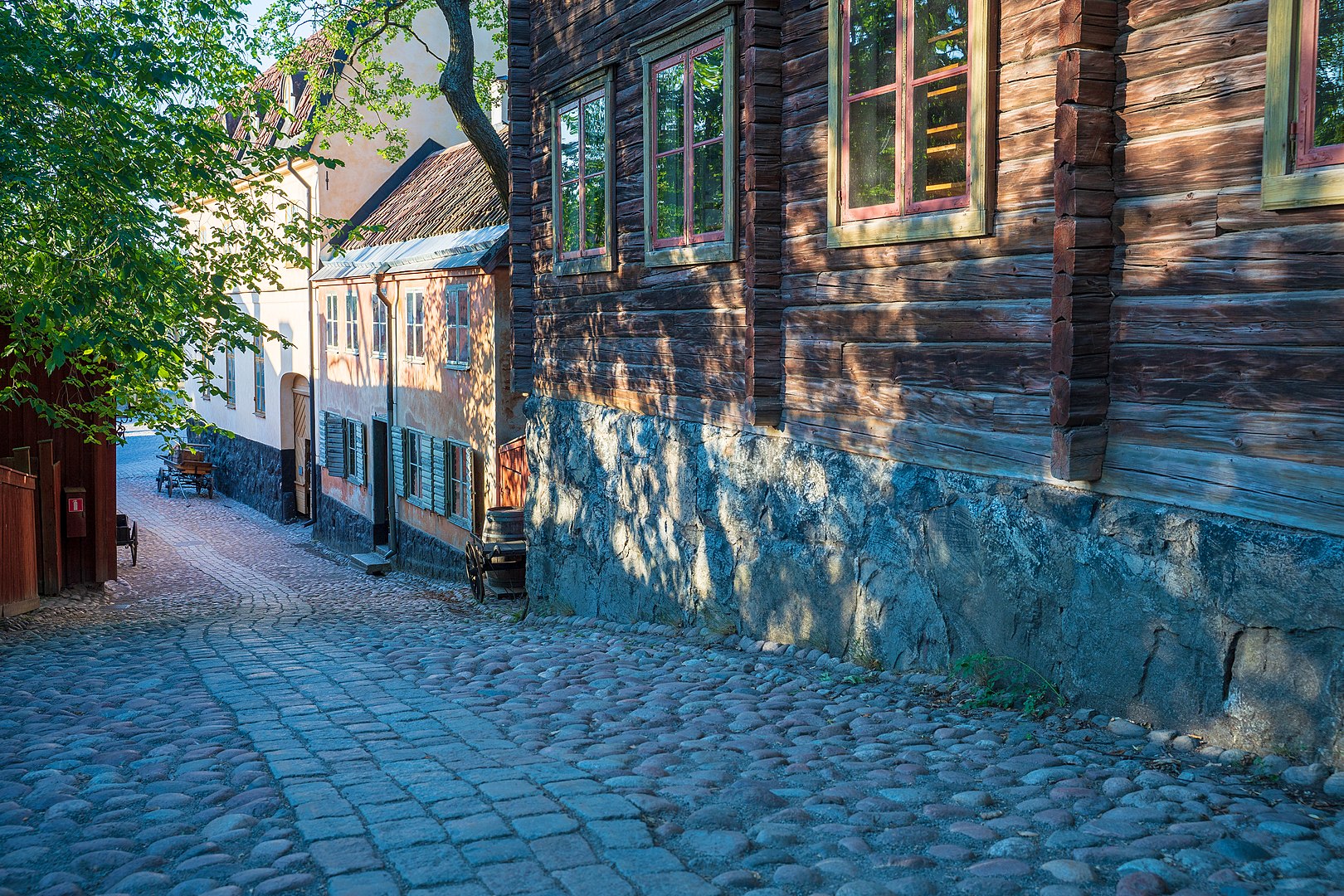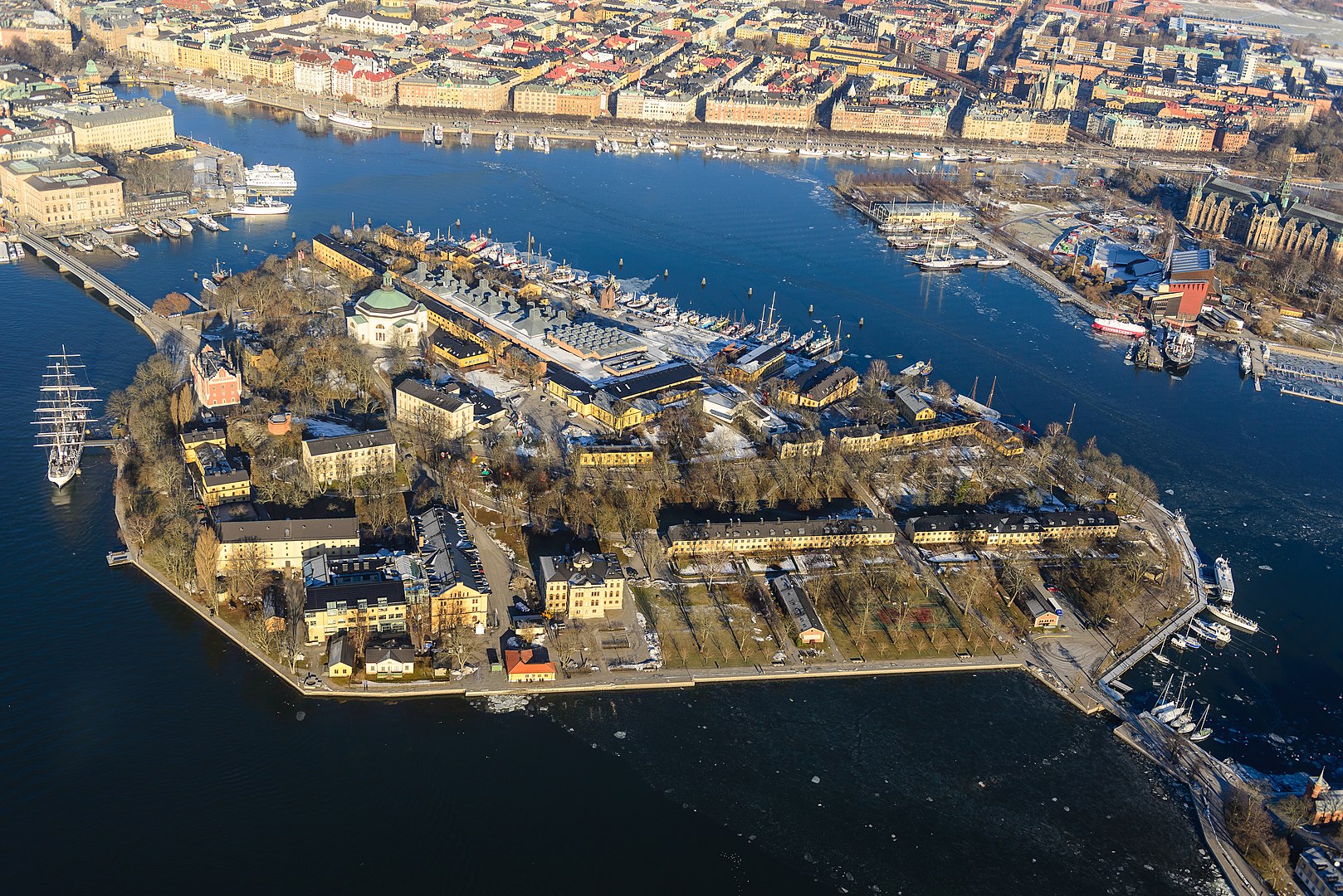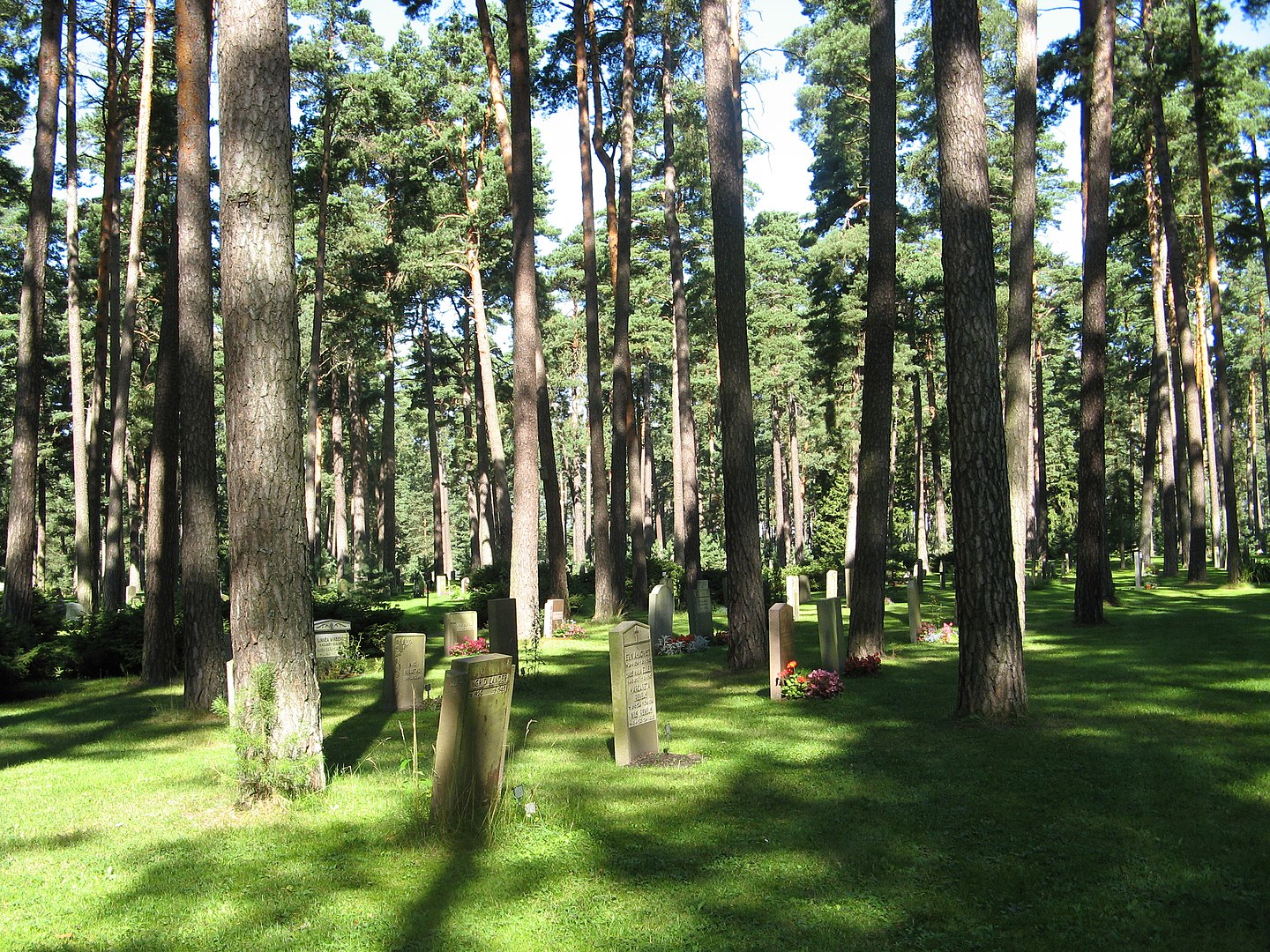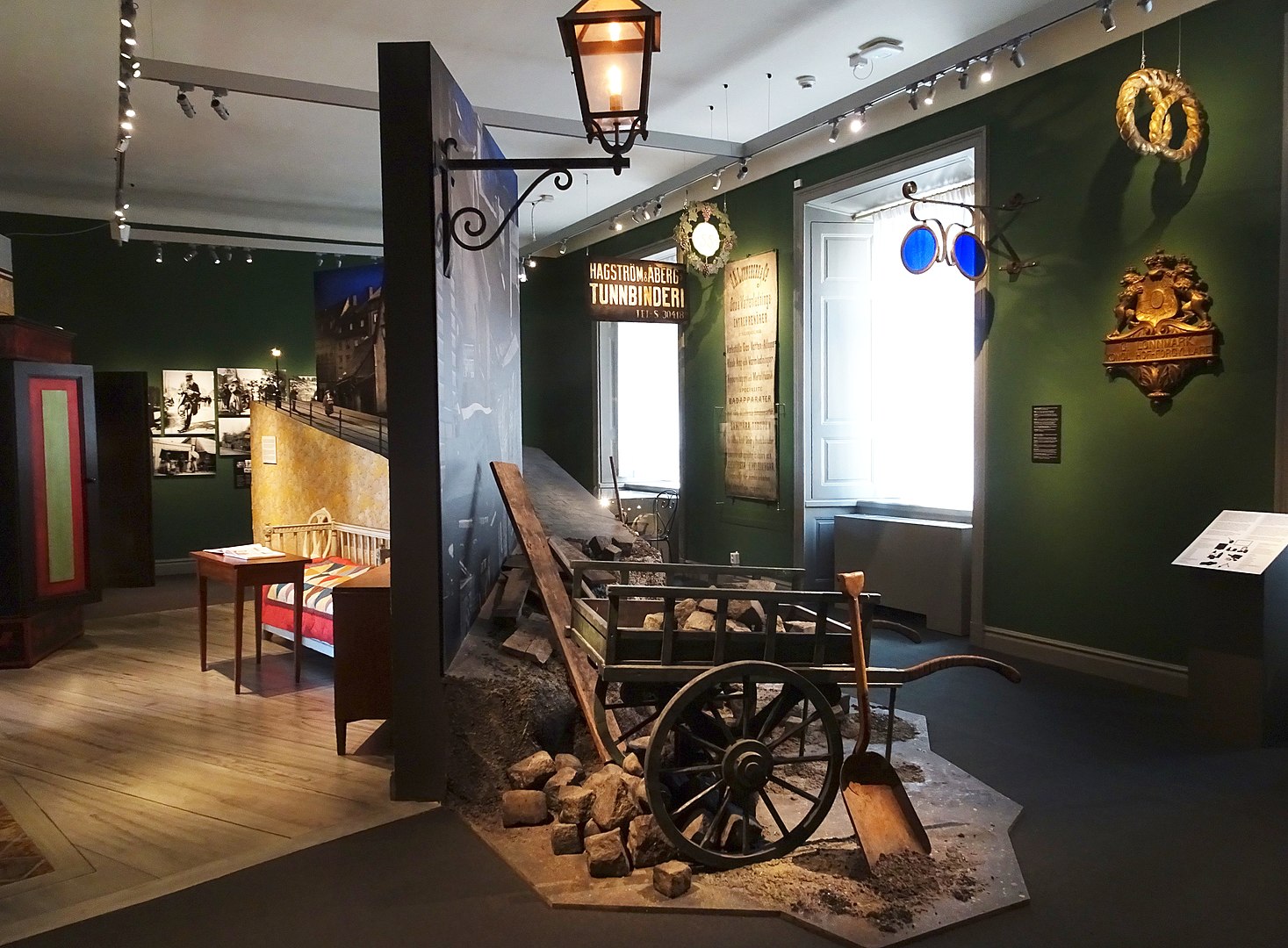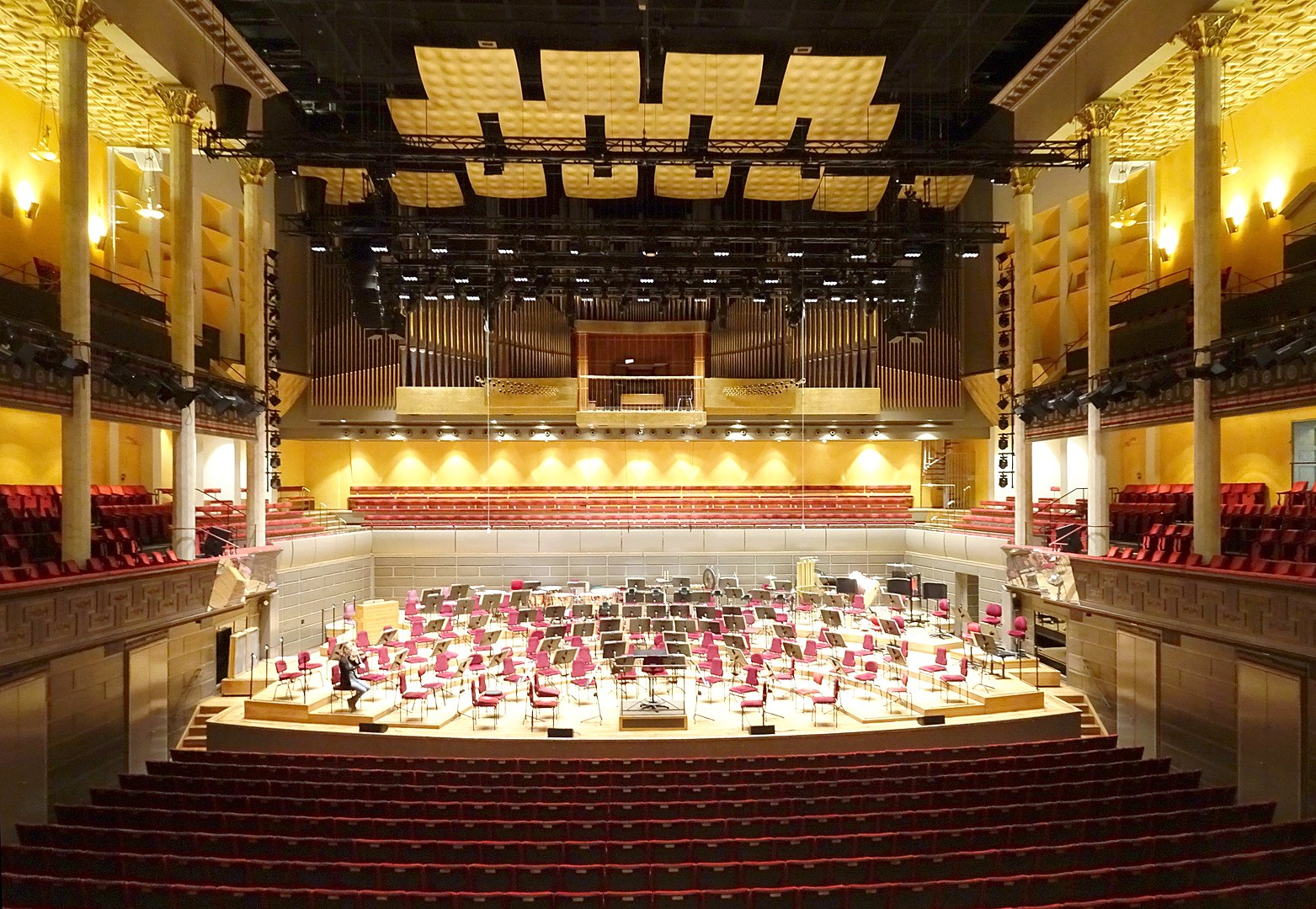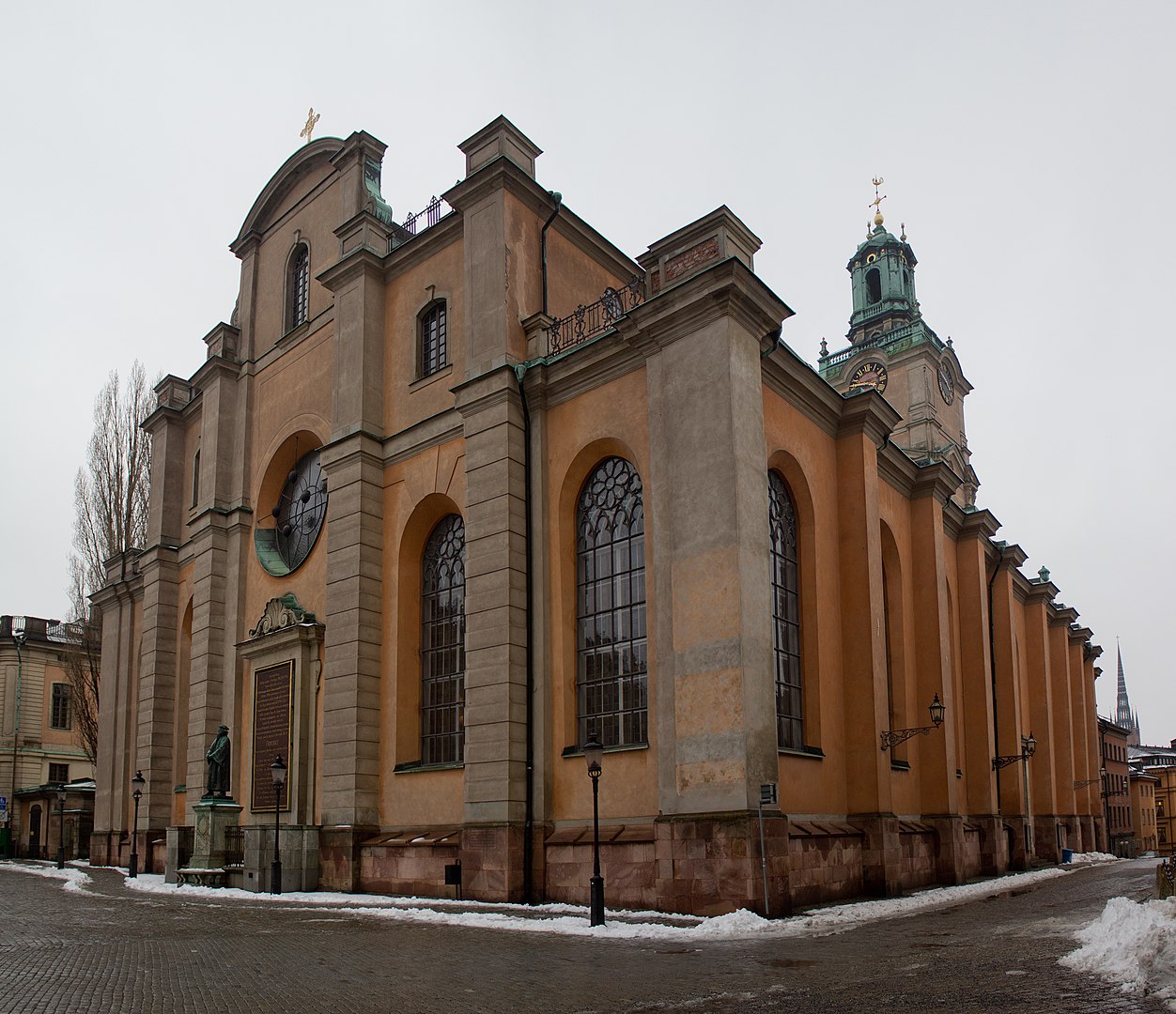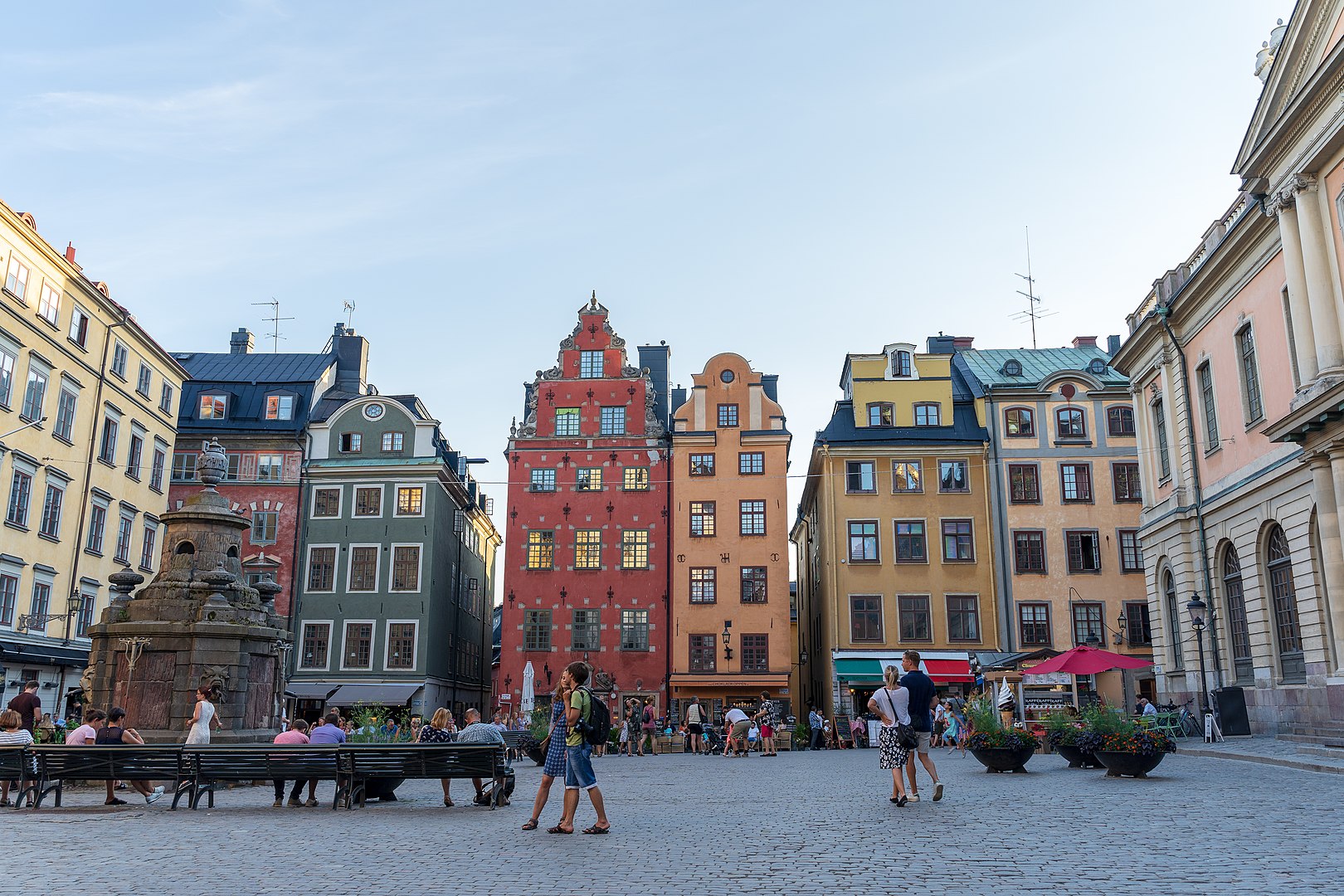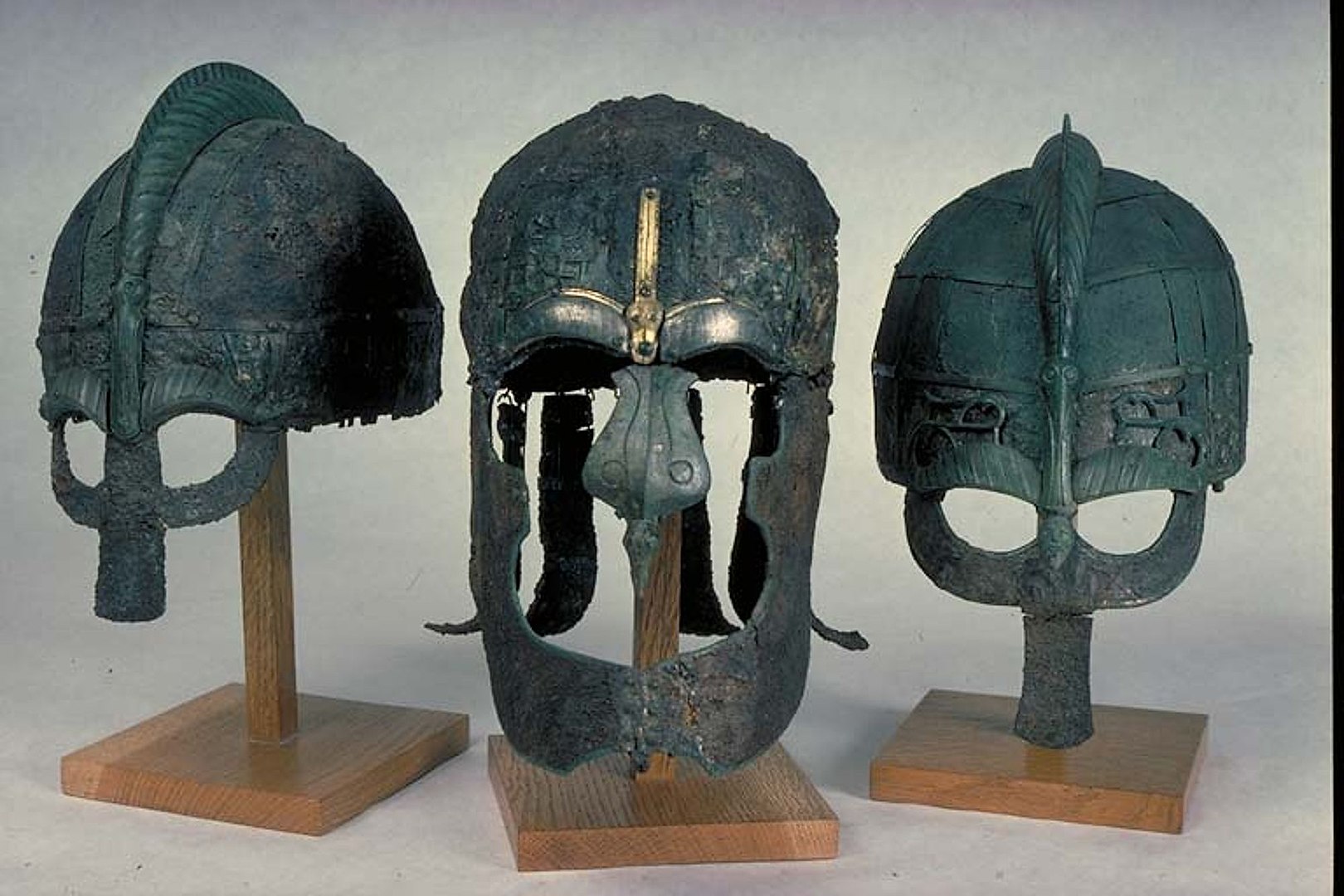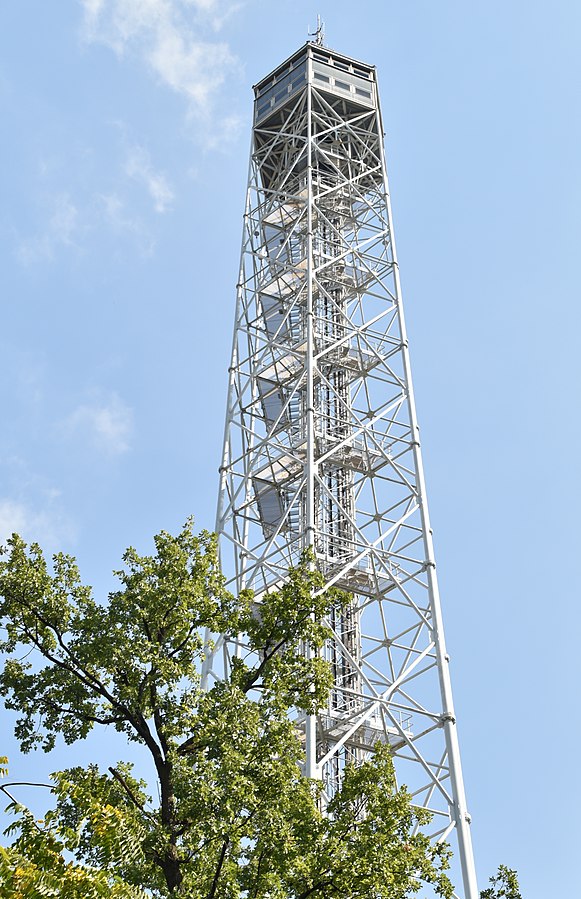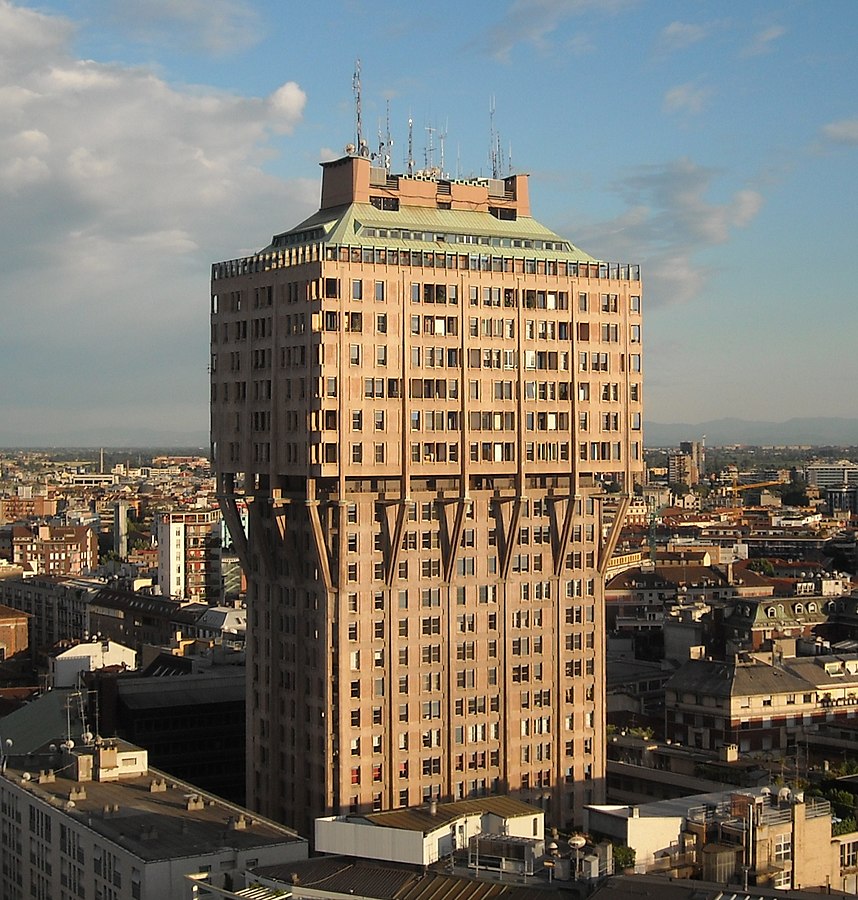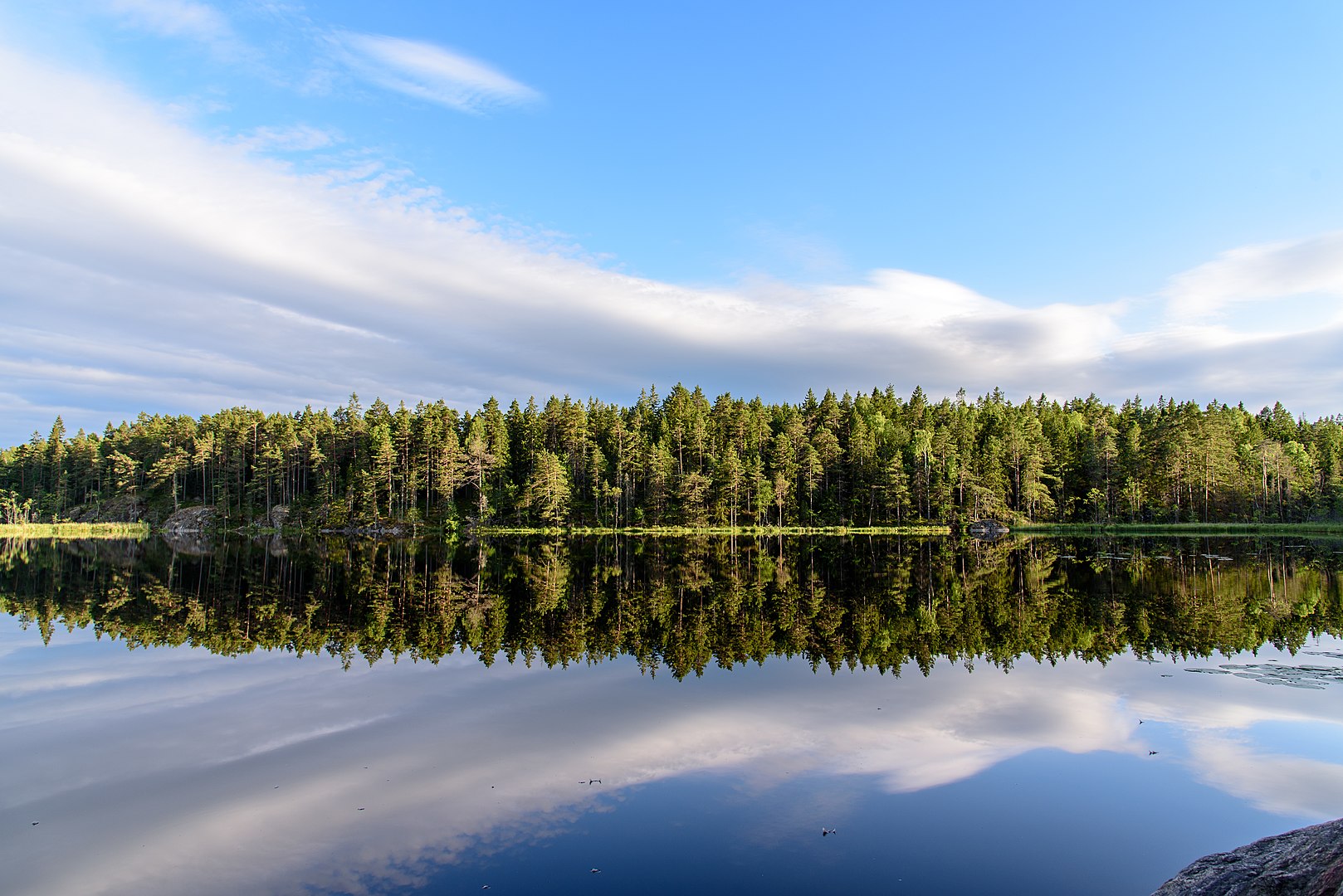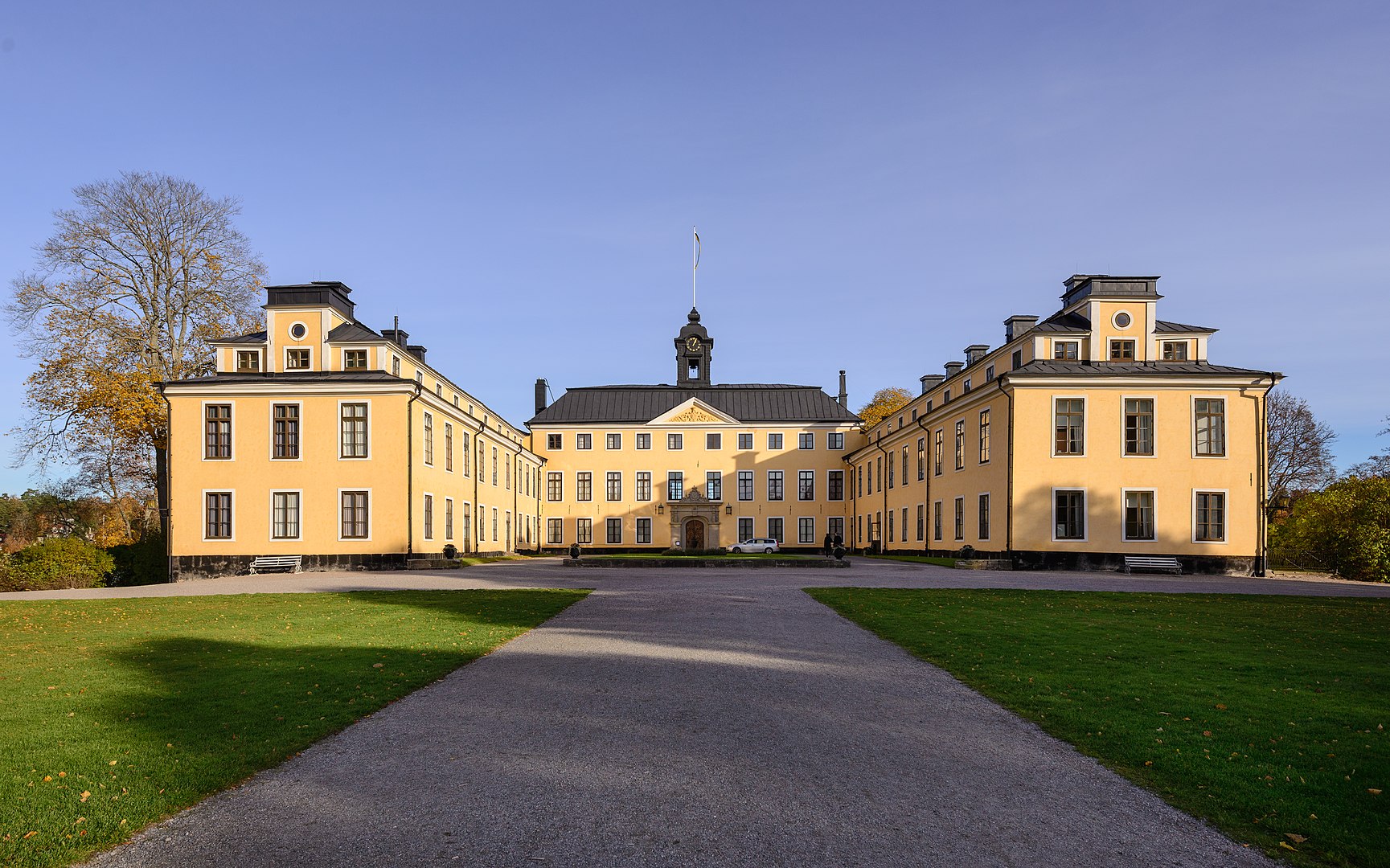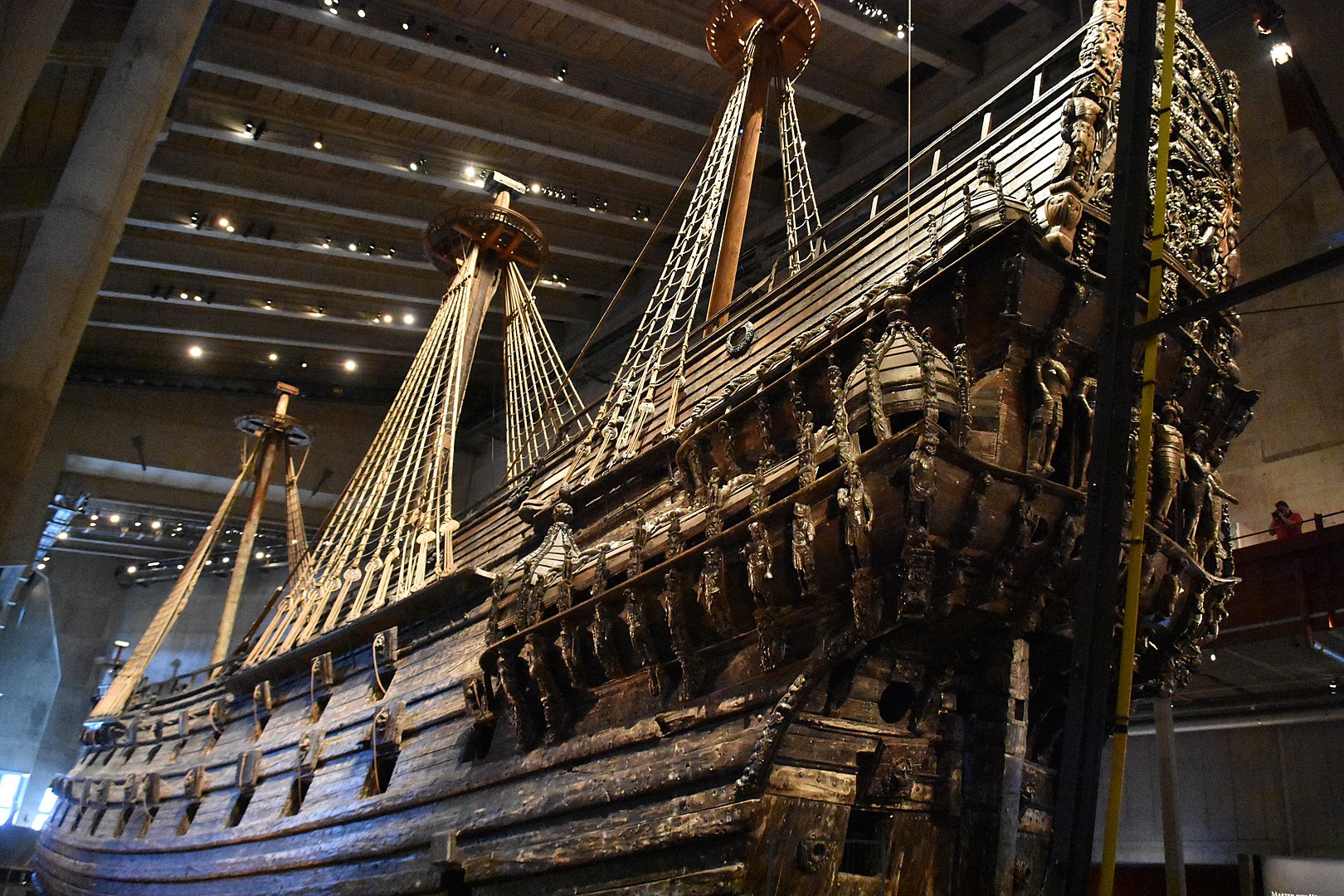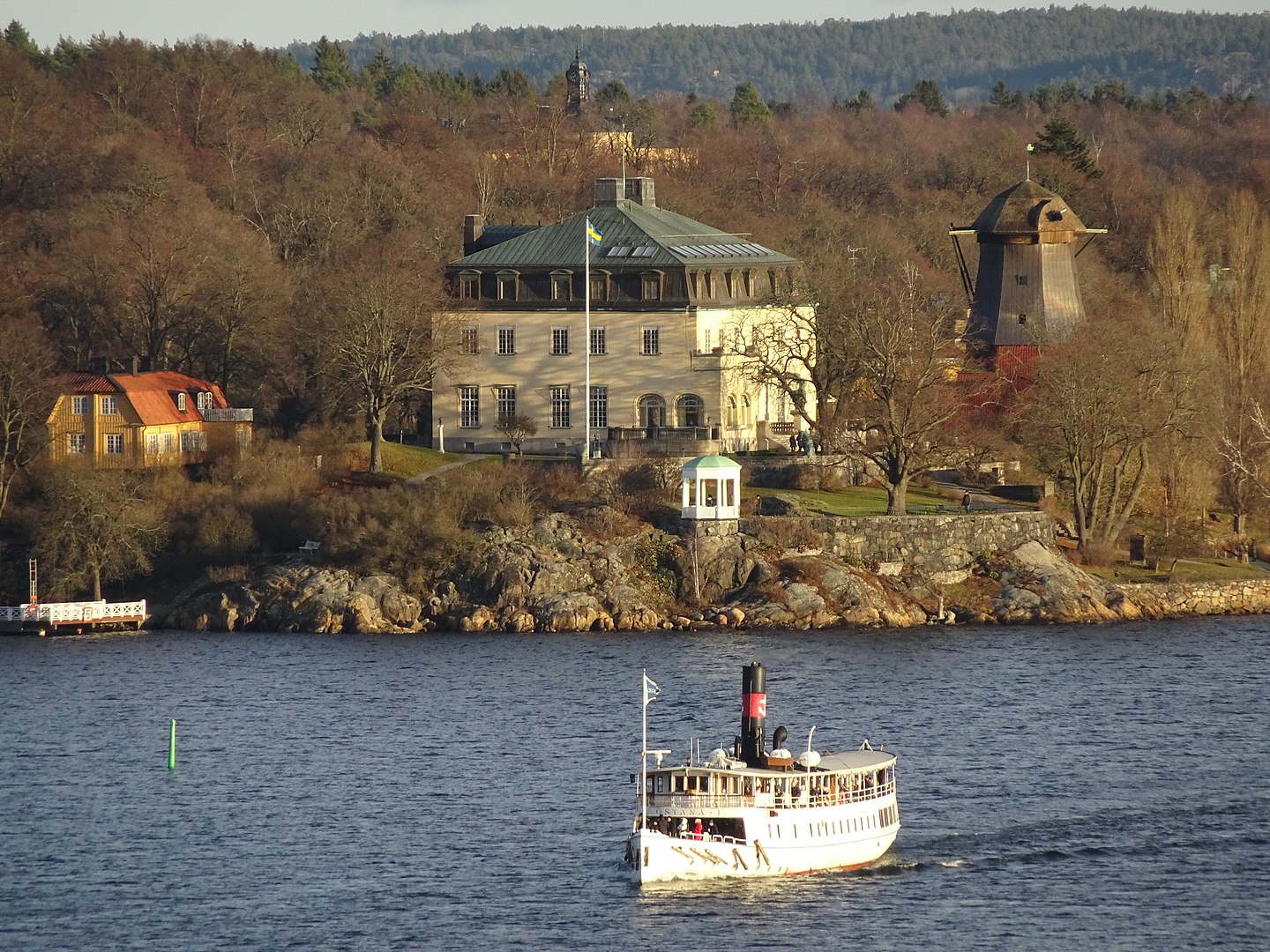MILAN
Why is Milan worth a visit?
The world-famous cathedral and the equally famous Scala opera house are definitely not the only two reasons for a trip to Milan. Because the capital of Lombardy, which is also the economic capital of Italy, has a lot of history, art, culture, architecture and design to offer its visitors. And by the way, you can shop wonderfully in Milan. The home of Armani, Dolce & Gabbana and Prada is an El Dorado for all fashionistas. And for those who like to go out chic, Milan offers countless opportunities to see and be seen. This city definitely does not have to hide from Rome, Florence or Venice.
Here are our top 10 reasons to travel to Milan:
1. Milan is one of the most historically interesting cities in Europe. Already an important city under the Romans in ancient times, Milan developed throughout history into one of the most important metropolises on the European continent, under the changing influence of a variety of rulers.
2. Milan’s eventful history is also reflected in the city’s architecture. In hardly any other European metropolis are buildings from so many different epochs – from antiquity and Romanesque to Renaissance, Baroque, Classicism and Modernism – to be seen as in Milan.
3. With its imposing size and outstanding architecture, Milan Cathedral is one of the most beautiful and impressive churches in the world and definitely belongs to those sights of Europe that every traveler should have seen once in a lifetime.
4. Milan not only has a world-famous cathedral, but also a large number of other churches, which, due to their age and architecture, are among the most historically important in Italy and Europe.
5. Milan has an extremely interesting museum landscape. The city’s art museums are among the most beautiful and important in Italy. And with the Museo nazionale della scienza e della tecnologia Leonardo da Vinci, Italy’s largest and most important museum for science and technology is also located in Milan.
6. The legendary Teatro alla Scala is one of the most important opera houses in the world. A visit to a performance at La Scala is a unique experience not only for opera fans.
7. Next to Paris, Milan is the most important fashion metropolis in the world. Armani, Dolce & Gabbana, Prada, Valentino – they all and many more world famous fashion brands are based here. Accordingly, Milan is the second fashion Mecca of the world and an El Dorado for all fashionistas.
8. In addition to fashion, Milan is a great place for shopping. If you are looking for design and art objects, antiques and food, you will quickly fill your pockets in the upper Italian shopping metropolis.
9. In Milan traditionally good soccer is played. With AC Milan and Inter Milan, two of the most traditional teams in Italy and Europe have their home here. Therefore, a visit to the legendary San Siro Stadium is not only worthwhile for soccer fans.
10. Milan is a great place to go out. With its countless bars and clubs, the city’s nightlife is one of the best in Europe. There is hardly any other city where you can “cut a bella figura” as well as here.
For whom is Milan worth a visit?
History buffs:
Milan is one of the most historic cities in Europe. Already under the Romans the city was of importance and developed from the Middle Ages to the Renaissance to one of the most important centers for trade, art and politics in Europe. Accordingly, one encounters the history of many centuries in many corners of Milan.
Architecture buffs:
In terms of architectural beauty, Milan may be at a disadvantage compared to Rome, Venice, Florence and other Italian cities. But the Lombard metropolis is probably the most interesting and versatile city in Italy from an architectural point of view. This is because buildings from the most diverse historical and stylistic epochs are united here in a very small area. If you want to see Roman temples next to modern skyscrapers and early Christian churches next to classical palaces, you’ve come to the right place.
Churchgoers:
Anyone who reduces Milan’s church world only to the beautiful and impressive Duomo does the city a gross injustice. In addition to the Duomo, Milan has a large number of very old and historically valuable churches, such as San Maurizio, Sant’Ambrogio, Sant’Eustorgio and Santa Maria delle Grazie.
Museum visitors:
Milan’s museum landscape is one of the most interesting in all of Europe and is an absolute highlight for those interested in both art and technology. Anyone who is enthusiastic about art should have seen the museums in the Sforza Castle, the Galleria d’arte moderna and the Brera Academy, among others. In addition, every three years the so-called “Triennale“, one of the world’s largest art exhibitions, takes place in Milan. But also science and technology fans will find their happiness in Milan with the Museo nazionale della scienza e della tecnologia Leonardo da Vinci and the Museo Civico di Storia Naturale.
Opera fans:
Opera fans have a very special reason to go to Milan: The Teatro alla Scala. Since its opening, the opera house, usually just called “Scala” for short, has been one of the most traditional, beautiful and best opera houses in the world. A performance at La Scala is a very special treat not only for opera fans.
Soccer fans:
There are only a few cities in Europe where such good soccer is played as in Milan. Two of Europe’s top clubs, AC Milan and Inter Milan, have their home ground here. If you want to watch the players at work, you should get a ticket for a home game in the tradition-steeped San Siro Stadium.
Fashionistas:
Milan is a mecca for all fashion enthusiasts. In the home of Armani, Dolce & Gabbana and Prada (to name just three luxury brands), you can keep up with the latest fashion trends and, of course, spend money on the latest collections to your heart’s content.
Shopaholics:
Milan is not only a great place to shop for fashion, but also a great place to generally fill your shopping bags. The city is also known for its excellent shopping scene in the areas of design, art and furniture.
Party people:
Milan is an extremely fashionable city. This is not only evident in the many boutiques, but also in the dress style of the Milanesi when they go out in the evening. “Fare una bella figura” (translated inadequately as “cut a good figure” in German) is the ultimate goal here. The many chic bars and clubs of the city also provide ample opportunity to do so.
Best time to travel
Milan has a subcontinental climate with a warm and sunny summer and a rather cool and cloudy or foggy winter. The best time to visit Milan are the months of May, June and September. During these months, pleasant daily maximum temperatures of 20 to 30 degrees are reached and visitors can expect six to seven hours of sunshine daily. In midsummer (July, August), it can get very hot in Milan and maximum temperatures of over 30 degrees are not uncommon. In winter, due to the proximity to the Alps, it gets very cold in Milan and the sun can only be seen for two to three hours a day.
Getting there
By car:
As the most important transportation hub in northern Italy, Milan is very well connected to the Italian and European highway network. Milan is only about 50 kilometers south of the Swiss border and can therefore be reached in a relatively short time from many places in Switzerland. From Austria and southern Germany, you have to plan about five to seven hours for the journey by car. From northern Germany, it is more advisable to travel by plane.
By train:
Milan is the largest railroad junction in Northern Italy. Accordingly, the city is also relatively easy to reach by train. From Germany and Austria, however, you have to change trains at least once. There are direct connections to Milan from Switzerland.
By plane:
Milan has three airports: Malpensa, Linate and Bergamo. The largest of the three is Milano-Malpensa International Airport, located about 50 kilometers outside the city center. From Malpensa there are daily connections to Berlin, Düsseldorf, Frankfurt/Main, Hamburg, Cologne/Bonn, Munich and Stuttgart, as well as Vienna in Austria and Zurich in Switzerland. Only about ten kilometers from the city center is the second largest airport, Milano-Linate. There are daily flights from Linate to Düsseldorf, Frankfurt/Main and Geneva in Switzerland. The third airport, Milano-Bergamo, is also located about 50 kilometers outside the city center and is used primarily by low-cost airlines. From Bergamo there are connections to Berlin, Frankfurt/Main, Hamburg, Cologne/Bonn, Munich, Nuremberg and Vienna.
Shopping
Milan is the best and most famous shopping metropolis in the whole of Southern Europe and, above all, the purest paradise for all fashionistas who like to restock their wardrobe. Next to Paris, there is probably no better city to re-dress than Milan.
The Eldorado in Milan for all fashion lovers is the Quadrilatero della moda, the so-called “Quadrilateral of Fashion” between Via Monte Napoleone, Via Alessandro Manzoni, Via della Spiga and Corso Venezia. In no other city in the world (not even in Paris or New York City) can you find in such a small space a comparable range of fashion boutiques, where the most famous fashion brands of Italy and the world hawk their latest creations. Armani and Bottega Veneta, Dolce & Gabbana and Ferragamo, Gucci and Prada, Trussardi and Valentino – all of them and many more are represented here with beautiful flagship stores.
Those whose travel budget is not enough for a shopping spree through the Quadrilatero della moda can also try their luck at one of the so-called “stocchisti”. These are smaller, often more secluded stores that sell “stocks” of well-known brands and where you can often buy remaining stock at very good prices.
If you want to save money on fashion shopping, you should go to one (or more) of the many outlets and factory stores around Milan. Here you can find Italian and international branded goods up to 70 percent cheaper. The absolute highlight among the outlets is the Designer Outlet Serravalle, about 100 kilometers south of Milan. With over 150 stores, Serravalle is the largest designer outlet in all of Europe and accordingly the Mecca for all fashion bargain hunters.
In addition to the Quadrilatero della moda, Corso Buenos Aires is another Eldorado for all fashion shopaholics. With an unbelievable 350 stores on a length of just over one kilometer, Corso Buenos Aires has the highest density of fashion stores in Europe. And the good thing is that you can get by on the Corso even with a smaller shopping budget, because in addition to exclusive boutiques you will also find many stores of cheaper brands.
And last but not least, a visit to the Victor Emanuel Passage (Galleria Vittorio Emanuele II) is a must during a shopping tour through Milan. Connecting the two world-famous squares Piazza del Duomo and Piazza della Scala, the shopping arcade is perhaps the most beautiful shopping mall in the world with its beautiful facade and magnificent interior decoration. For a stroll through the Galleria Vittorio Emanuele, your wallet better be well filled, because similar to the Quadrilatero della moda, here you will find mainly the who’s who of the international luxury brand world.
In addition to fashion, Milan is also known for its many great and trend-setting design stores. So whoever wants to redecorate her/his home will surely return from Milan with full suitcases. And last but not least, the northern Italian metropolis is also known for its range of art and antiques. Especially in the Brera district you will find a high density of art galleries and antique shops.

Food and drink
Milan is Italy’s economic metropolis and accordingly even a little more cosmopolitan than Rome. This is also evident in Milan’s cuisine: In addition to Italian dishes and regional Lombard specialties, you can also find a variety of international cuisines in Milan. So culinary variety is guaranteed. In a fashion metropolis like Milan, gastronomic fashions change quickly anyway. If you are looking for the latest in food and drink, you should inform yourself accordingly at short notice.
Northern Italian and Lombard cuisine is quite different from the cuisine of other regions of Italy. Lombard dishes are often prepared with butter instead of olive oil and polenta is often served as a side dish. Dishes on a Milanese menu also often include the words “alle milanese.” This means that it is a specialty from the Milan area. Typical examples are ossobuco alla milanese (sliced veal shank with greens, herbs and tomatoes), risotto alla milanese (risotto with saffron and bone marrow) and minestrone alla milanese (Milanese vegetable soup).
Eating out in Milan, by the way, can be really expensive. If you go for the traditional Italian meal with antipasto (appetizer), primo piatto (first course with pasta, rissotto or soup), secondo piatto (second course with fish or meat), contorno (side dish), dolce (dessert) and/or formaggio (cheese), you’ll quickly spend 50 euros per person. If you have to watch the money and/or the line, you can of course skip a course these days without incurring the wrath of the host.
At lunchtime, most Milanese tend to eat a snack. Many bars offer a wide range of panini (sandwiches), insalata (salads) and smaller dishes at lunchtime. Many restaurants also offer a one-course daily menu at lunchtime. And, of course, pizzerias are also very popular.
As is common in southern European cities, meal times in Milan are a bit later than in our latitudes. Lunch is usually taken between 12:30 pm and 2:30 pm. Dinner is usually eaten between 7:30 pm and 10:30 pm.
Nightlife and entertainment
In a city that is very much about fashion, it is naturally particularly important to look good and cut a good figure when going out. In Italian, this is expressed with the phrase “fare una bella figura”. And Milan offers plenty of opportunities to do just that. In the evenings, the city’s streets and alleys are transformed into one big catwalk. “See and be seen” is the motto for many Milanese when it comes to nightlife. With such a wide range of chic bars, cool clubs and stylish discos, this is no problem at all.
Many bars and pubs offer a happy hour later in the afternoon, where you can get a slice of pizza, a plate of pasta or another snack with your drink. It’s the perfect introduction to the city’s nightlife. After dinner, people usually move on to a bar to warm up with one or more drinks. The party in the city’s clubs and discos usually doesn’t start until around 11 or midnight.
A hotspot of Milan’s nightlife is Corso Como at Garibaldi Station. Here you can find a variety of (often glamorous) bars and discos in a very small area. Especially in Milan’s VIP scene, Corso Como is a popular address. So if you want to increase her/his chances of running into a Milan or Inter player or a model, this is the place to be.
Also very popular in the evening are the so-called Navigli, the canals that crisscross Milan. The most famous canal in the city is the Naviglio Grande, along which dozens of cafes, restaurants, bars and discos line up. So it’s easy to spend an entire evening on the Grand Canal. An equally popular nightlife location is the Brera neighborhood in the north of the old town.
And last but not least, a visit to the Teatro alla Scala is a must. A performance in the most famous opera house in Europe is definitely a highlight of a visit to Milan.
Sights
- All in Milan
- Alle in Stockholm
- Beaches
- Bridges
- Castles & Palaces
- Churches & Monasteries
- Districts
- Gardens & Parks
- Highlights
- Historical buildings
- Museums & Galleries
- Natural landscapes & National parks
- Other sights
- Shopping
- Streets & Squares
- Theater & Opera houses
- Theme & Amusement parks
- Viewpoints
- World Heritage Sites
- Zoos & Aquariums

Photos: Jiuguang Wang, Milan Cathedral from Piazza del Duomo, CC BY-SA 3.0 / kuhnmi, Piazza del Duomo – kuhnmi, CC BY 2.0 / Romain.pontida, Galleria Vittorio Emanuele II day panorama, CC BY-SA 4.0 / Jean-Christophe BENOIST, Milan – Scala – Facade, CC BY 3.0 / zheng.yan, Castello Sforzesco da alto, CC BY-SA 4.0 / Alessandro Perazzoli, Il Castello Sforzesco visto dal Parco Sempione, CC BY-SA 4.0 / ViggieJoe, Friedensbogen in Mailand, CC BY-SA 4.0 / Luca Volpi (Goldmund100), Piazza Mercanti (Milan), CC BY-SA 4.0 / Rosario Mignemi, IMG 9009PALAZZO REALE 3, CC BY-SA 4.0 / Luca Aless, Milano – Palazzo Marino, CC BY-SA 4.0 / G.dallorto, 5944 – Milano – San Lorenzo – Sagrato – Foto Giovanni Dall’Orto – 27-Feb-2007, CC BY-SA 2.5 IT / Ansirial, FacciataCimiteroMonumentaleMilano, CC BY-SA 4.0 / DXR, West view of Naviglio Grande, Milano 20120816 1, CC BY-SA 4.0 / Дмитрий Кошелев, San Siro (2018), CC BY-SA 4.0 / Sergio Calleja (aka SuperKeko), Dolce & Gabbana Shop (Via della Spiga – Milan) 02, CC BY-SA 2.0 / Museo nazionale della scienza e della tecnologia Leonardo da Vinci, Milano, Galleria Leonardo da Vinci – Museo scienza e tecnologia Milano, CC BY-SA 4.0 / Ettorre (gregorio), Galleria Vittorio Emanuele II Natale 2018-7 immagine, CC BY-SA 4.0 / Olga Itenberg, PalazzoMarinoDanteGalleriaScala, CC BY 2.0 / BRENAC, Cathedral of Milan by night – DS5 6327 8 9, CC BY-SA 3.0
English version: Machine translation by DeepL






